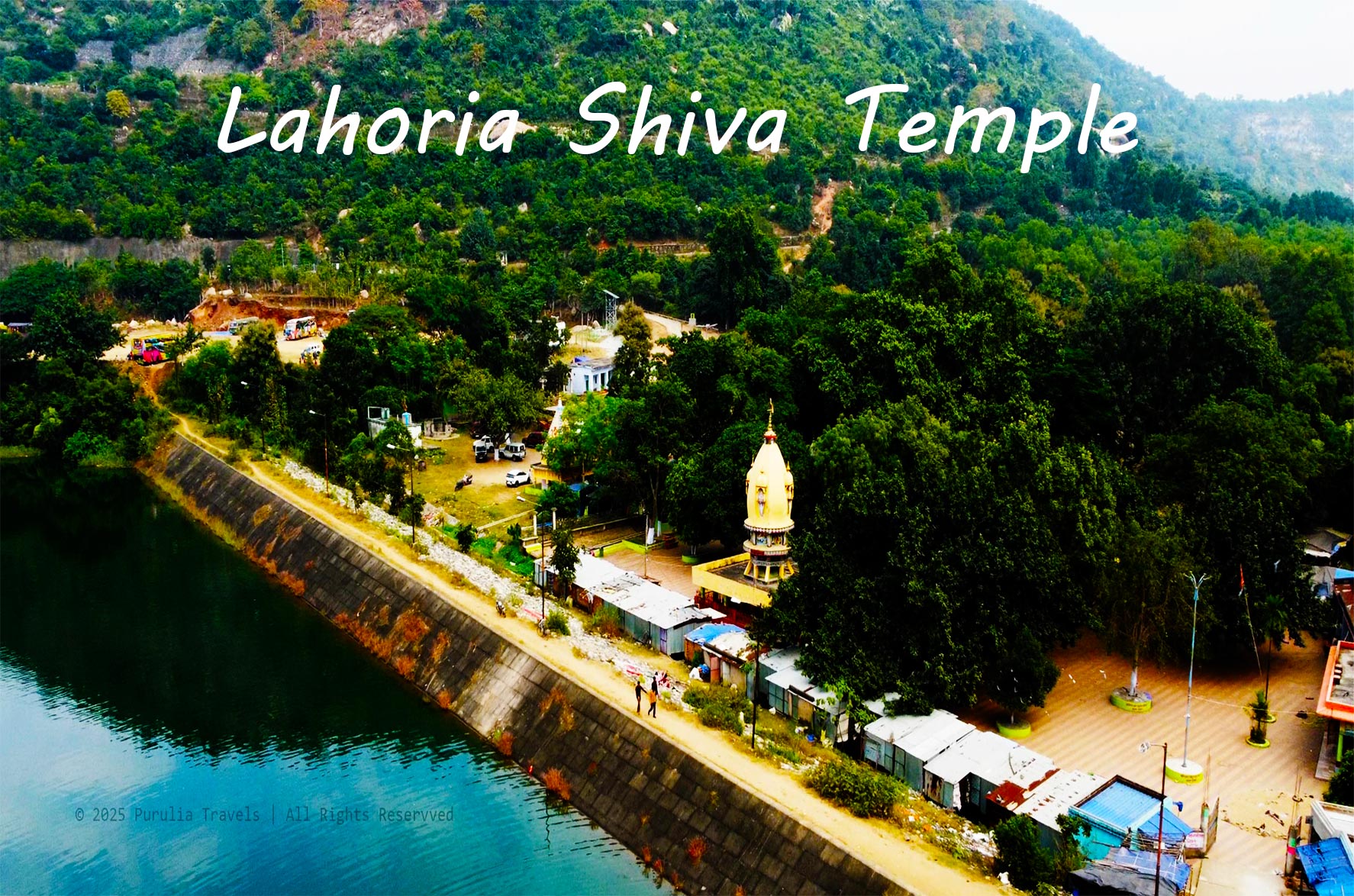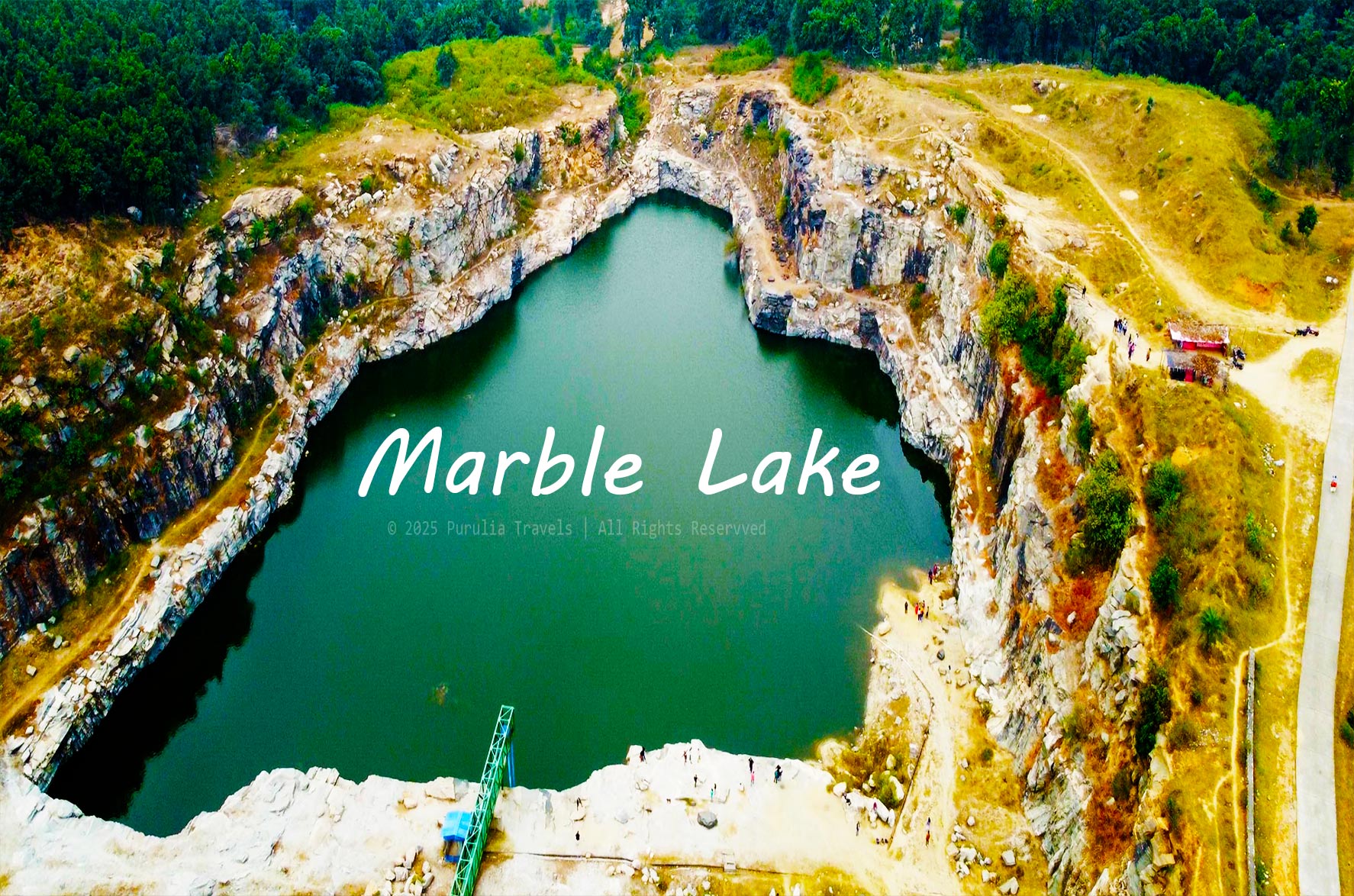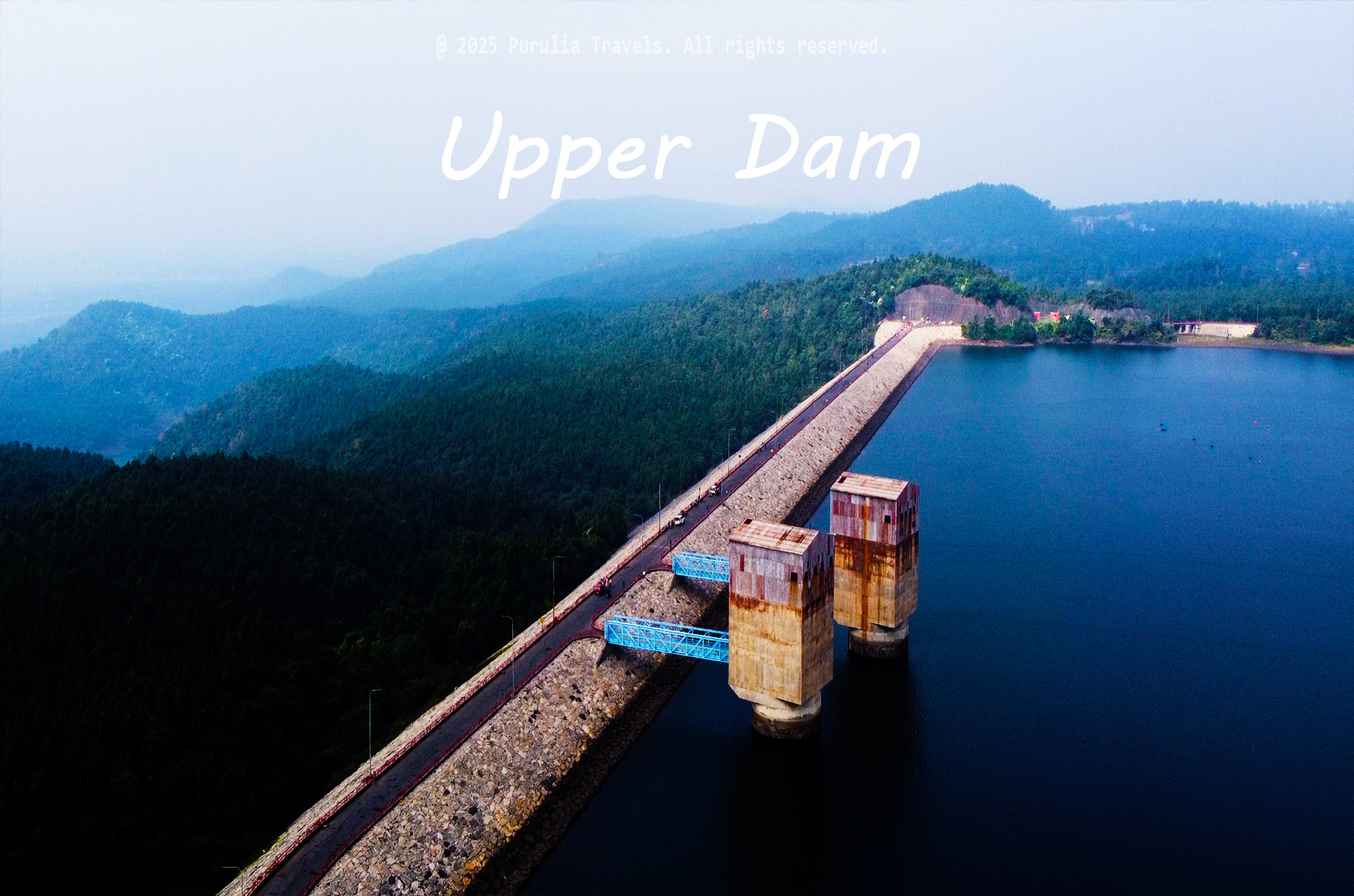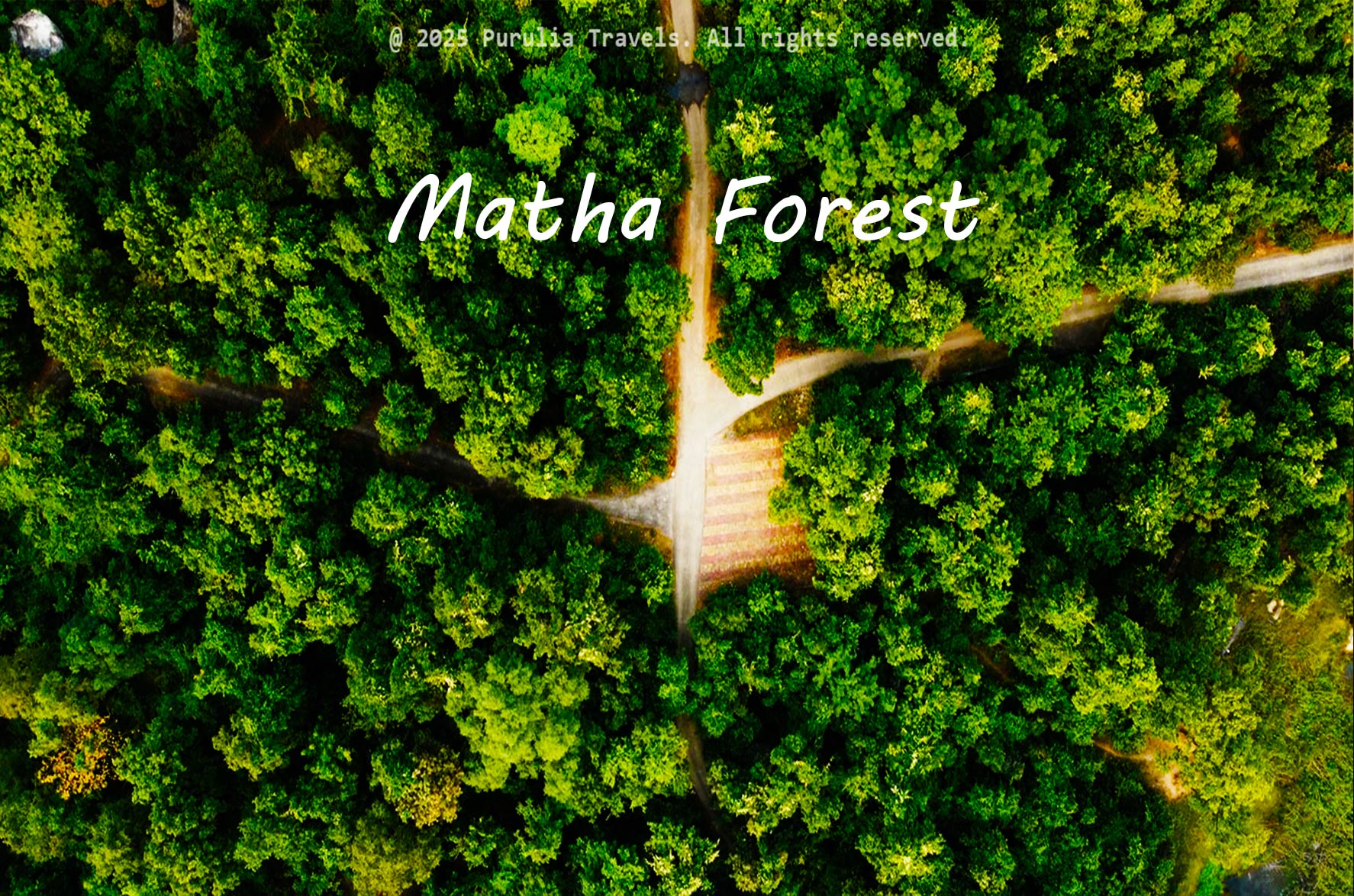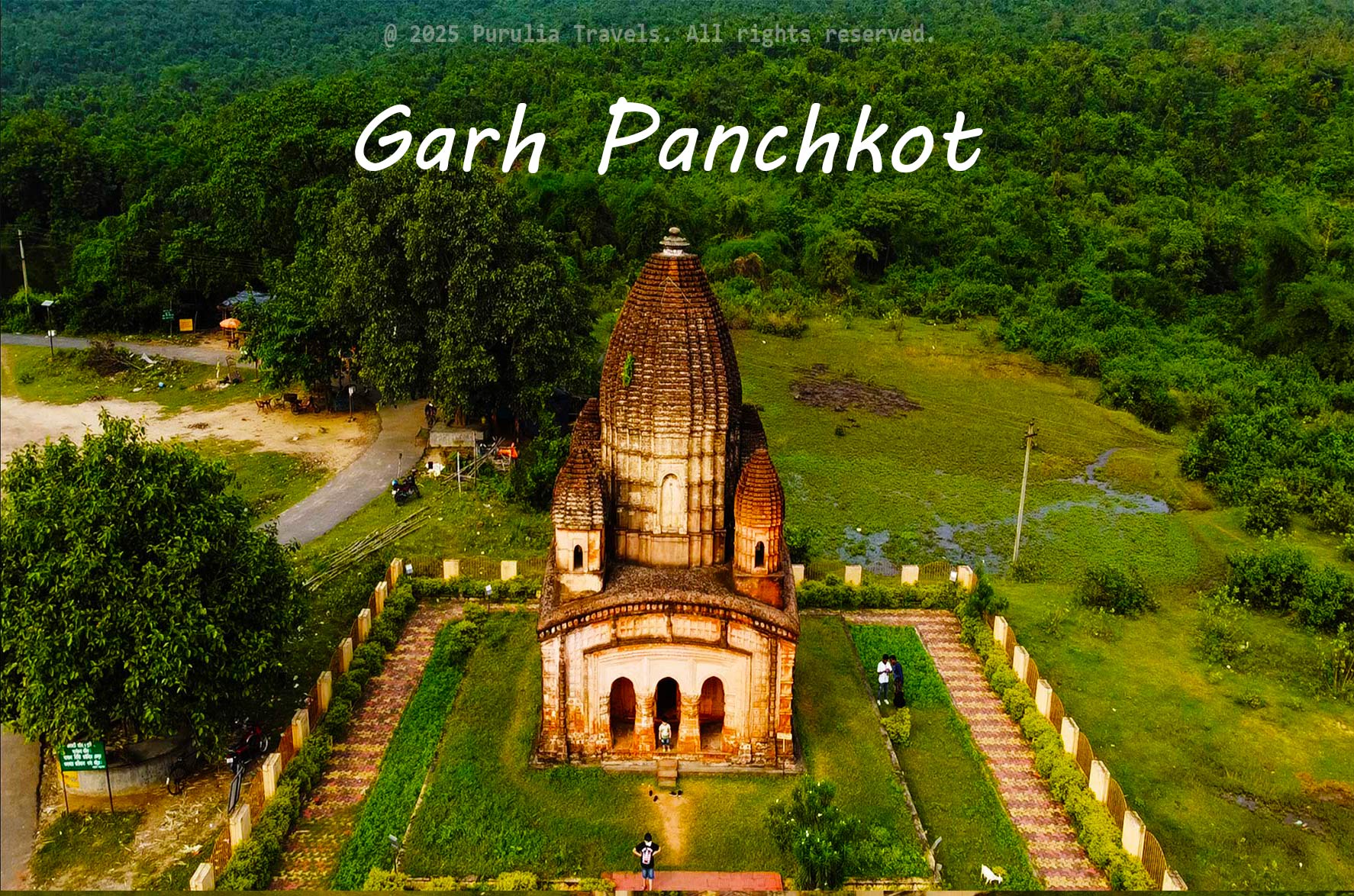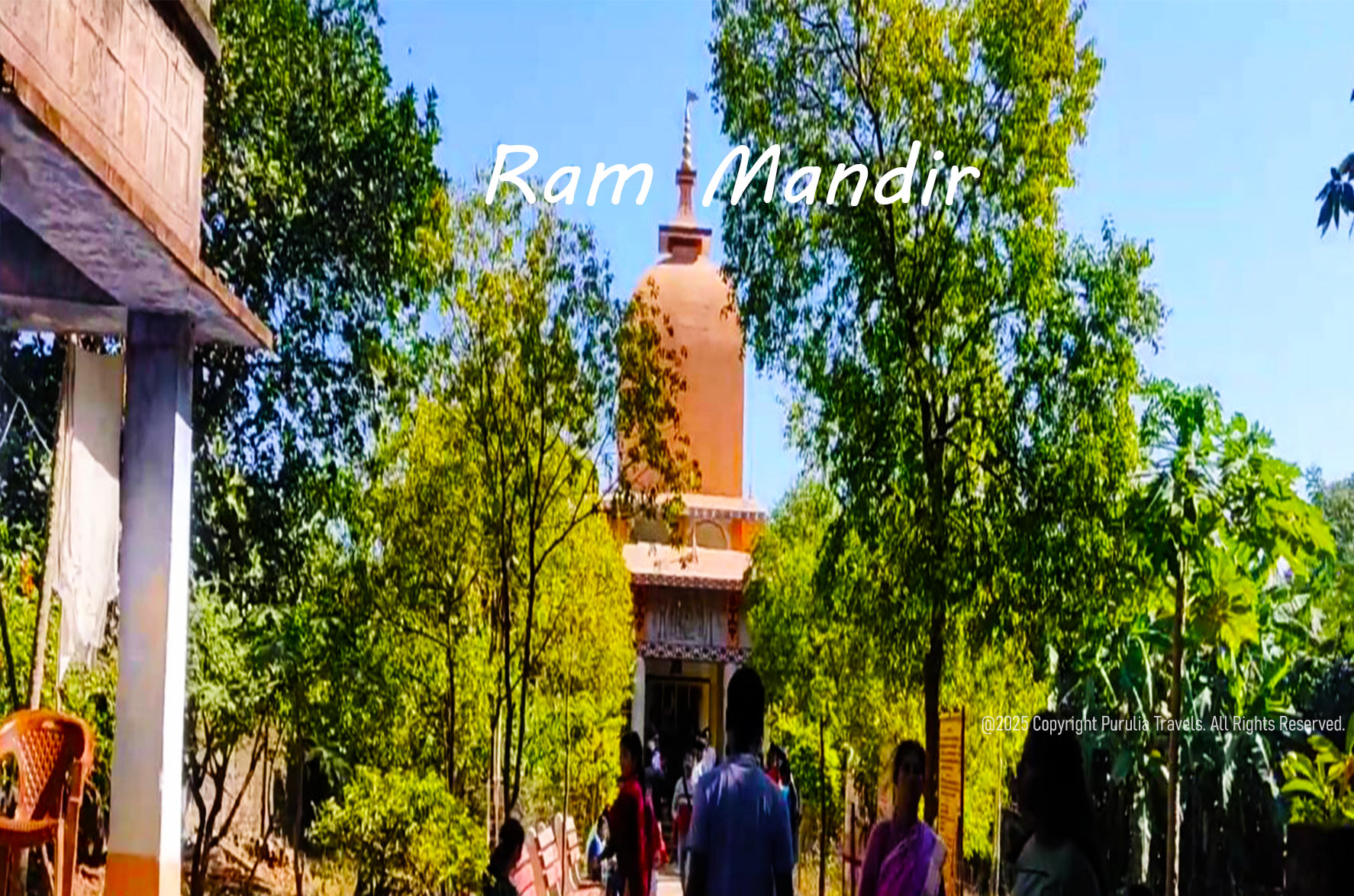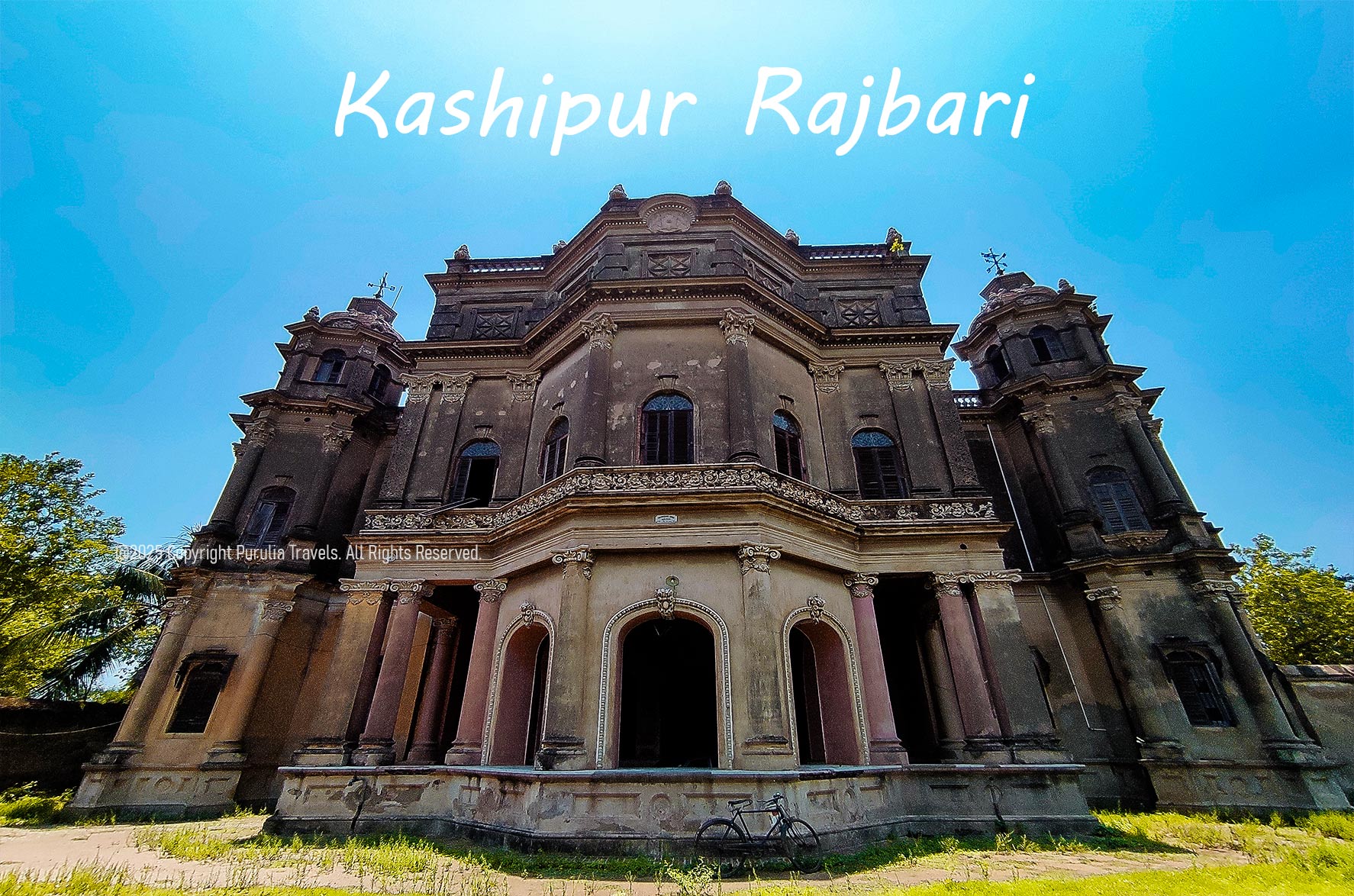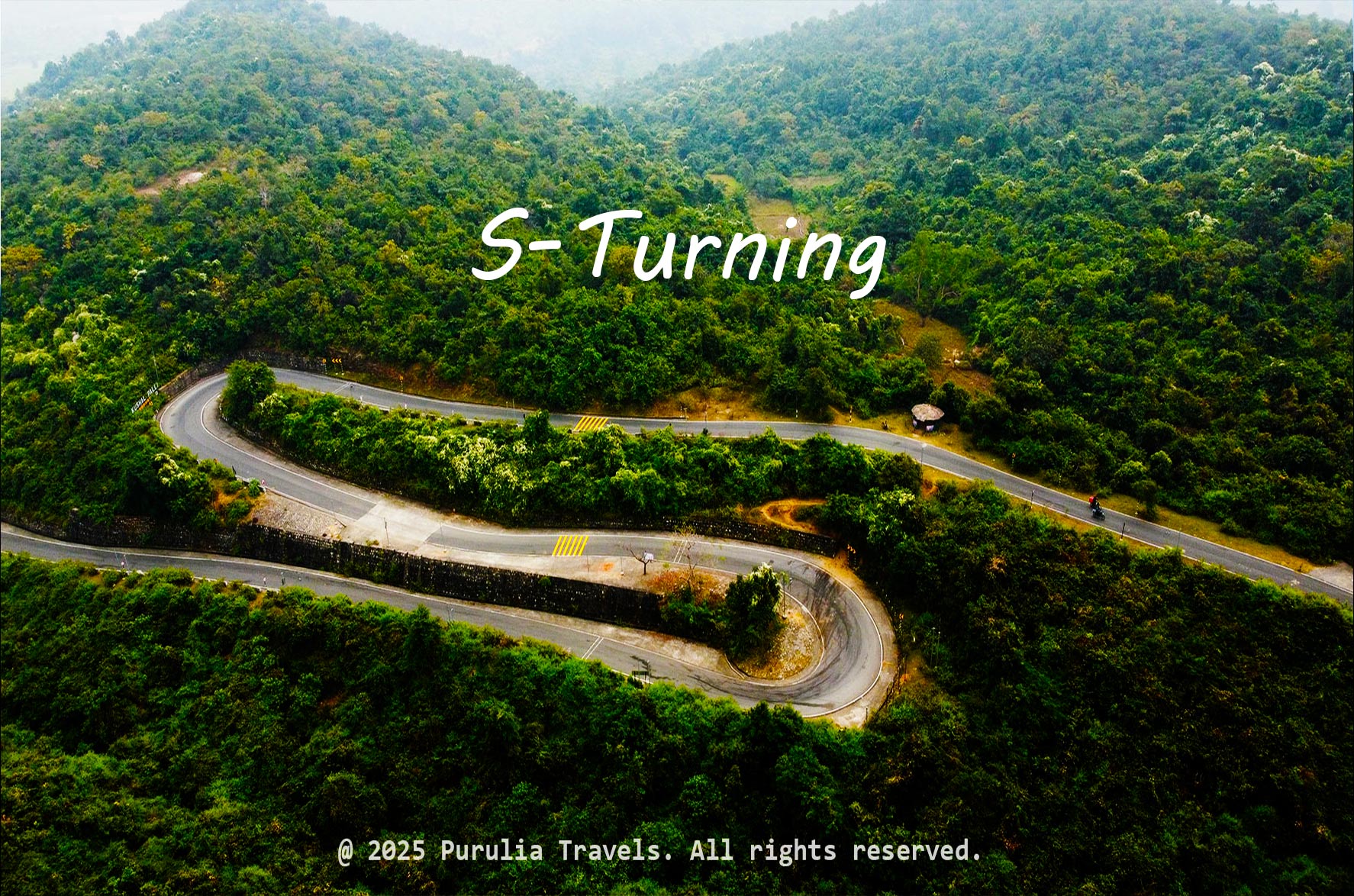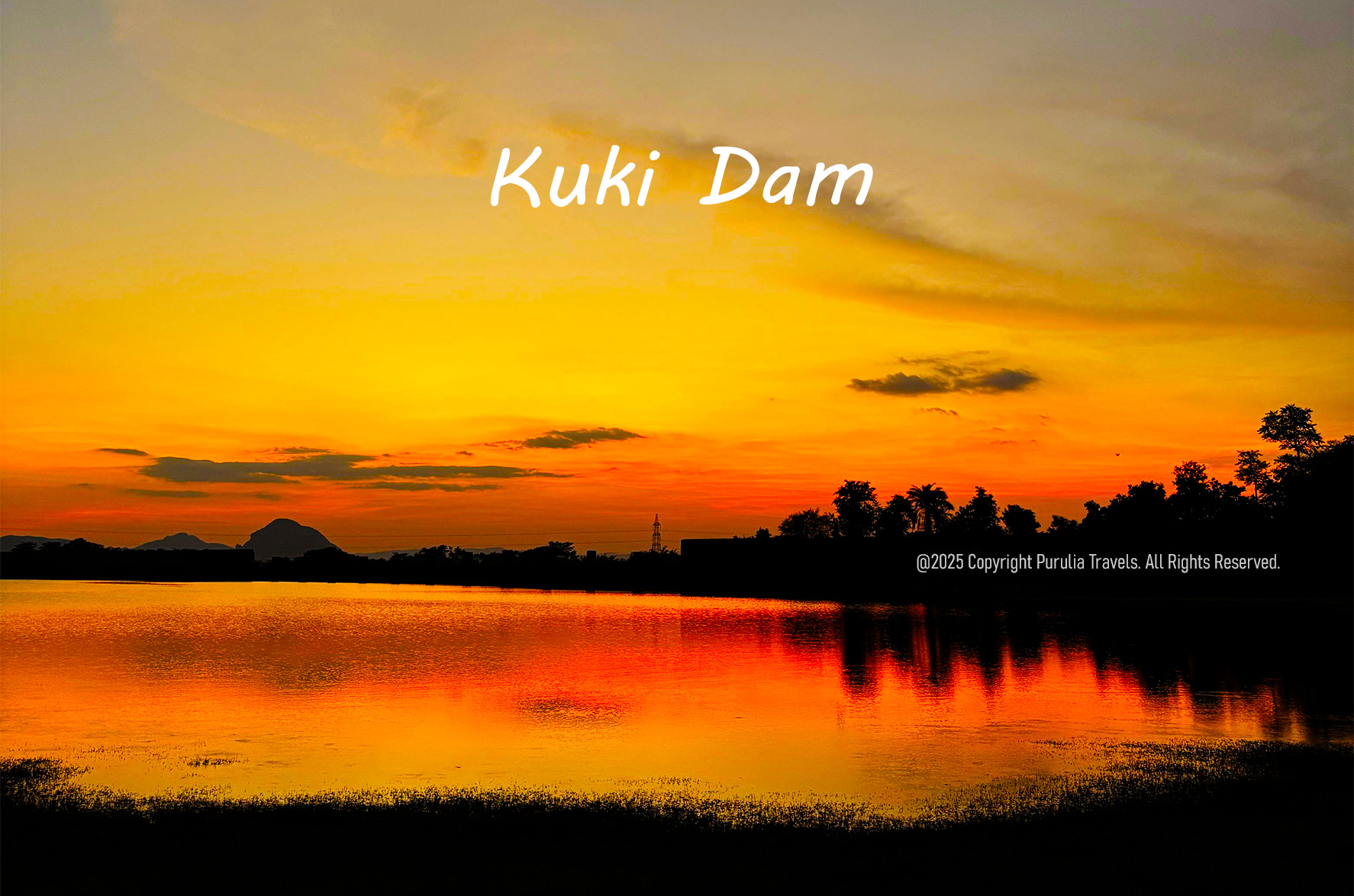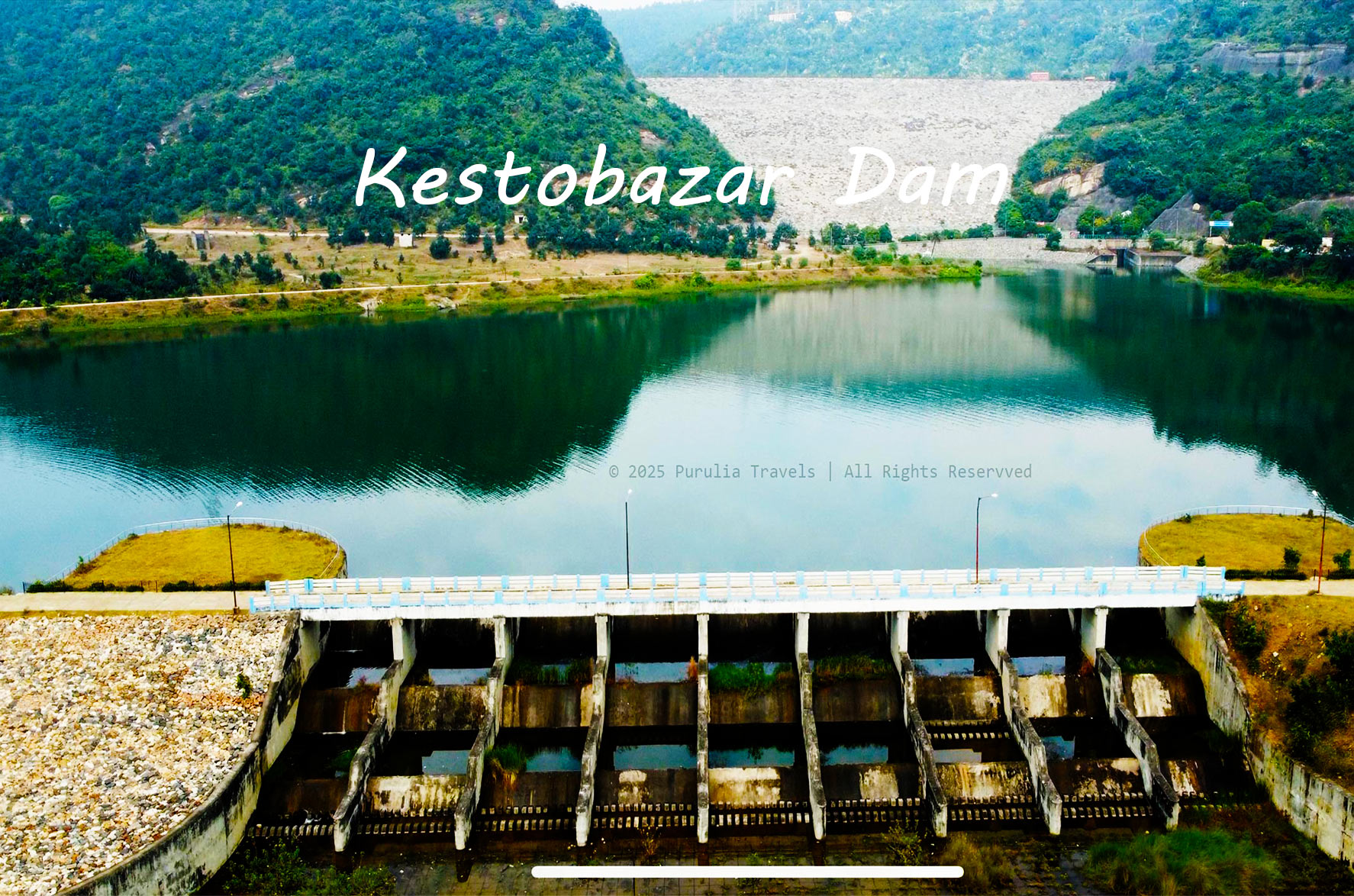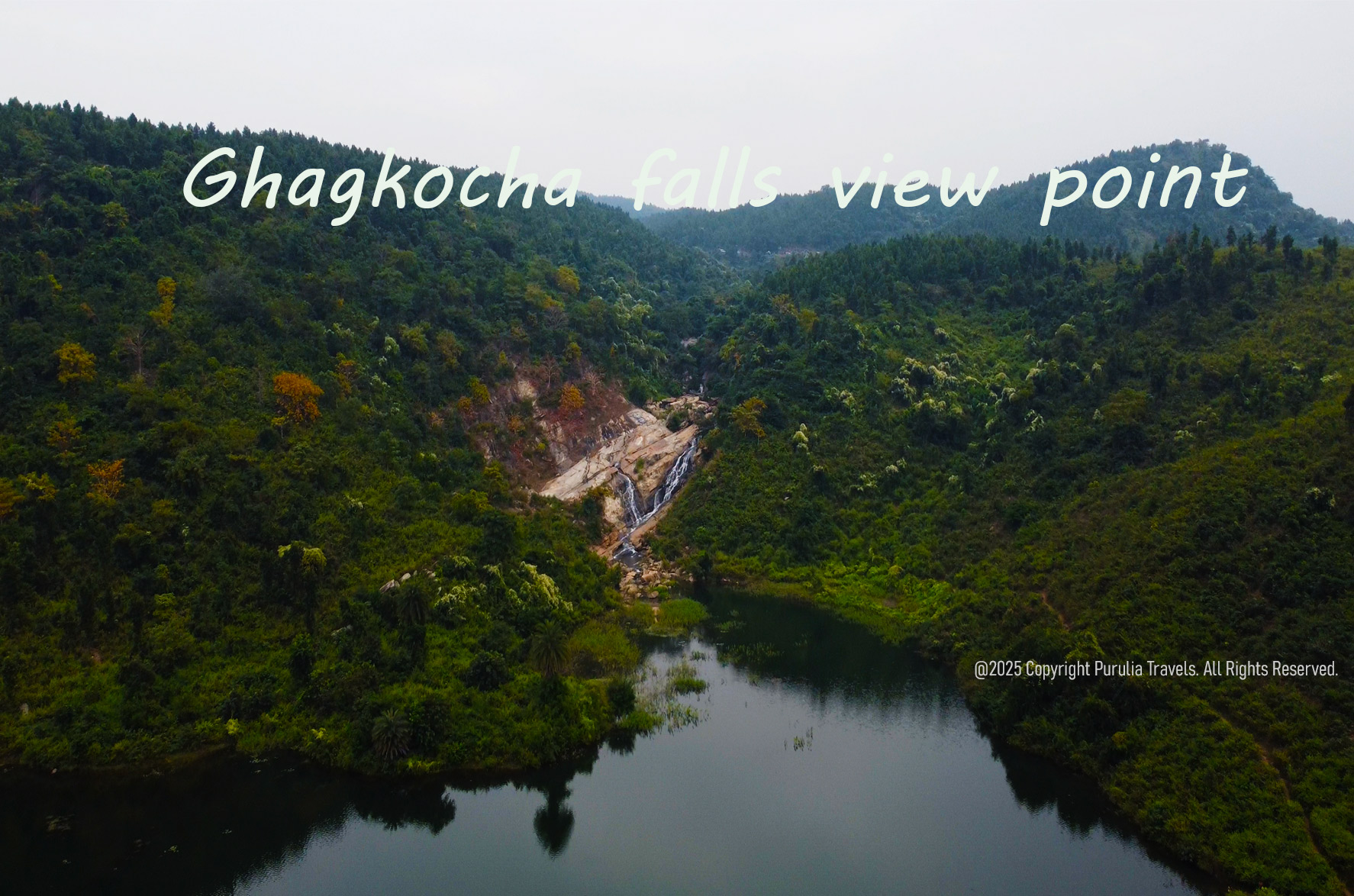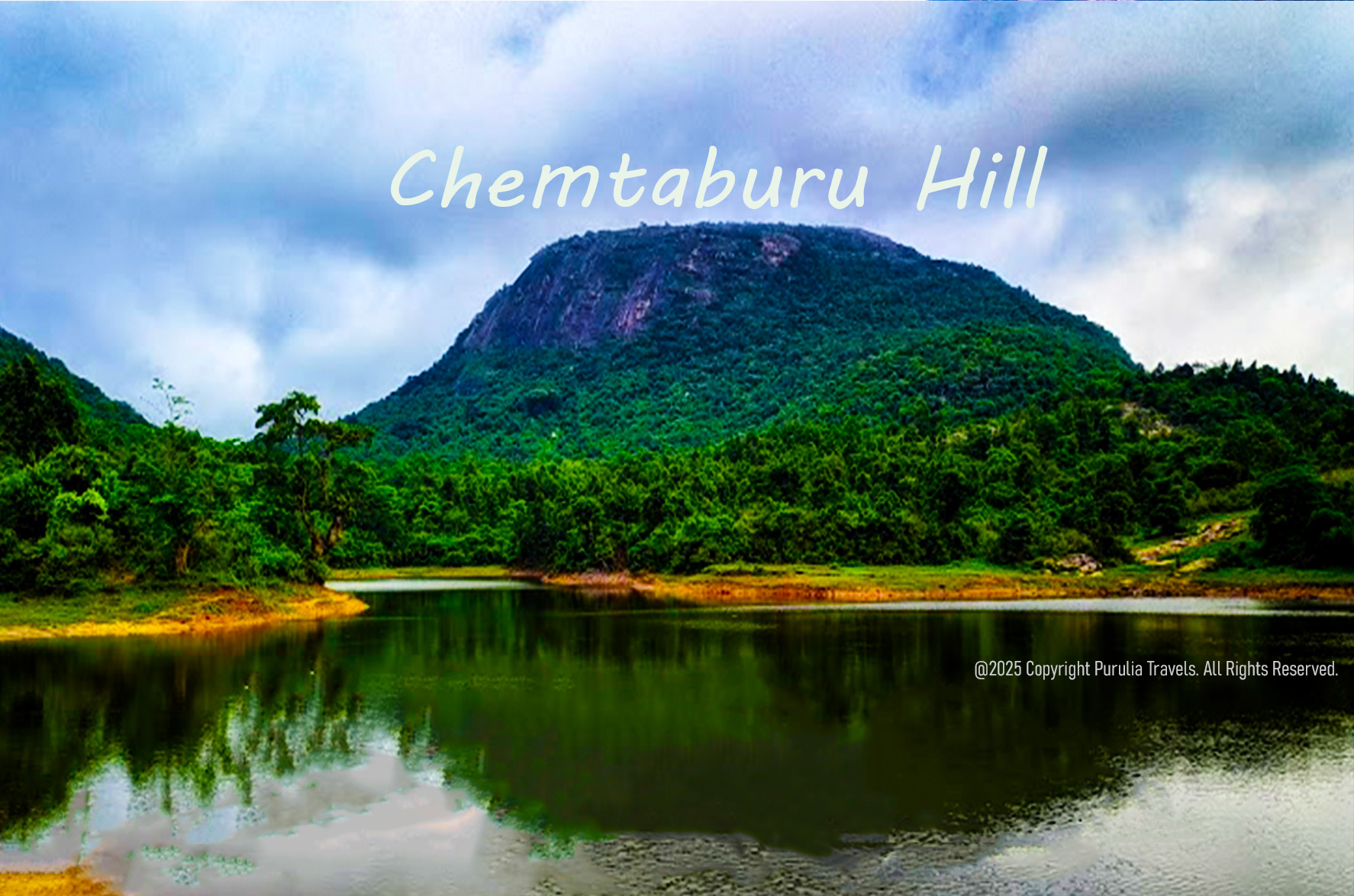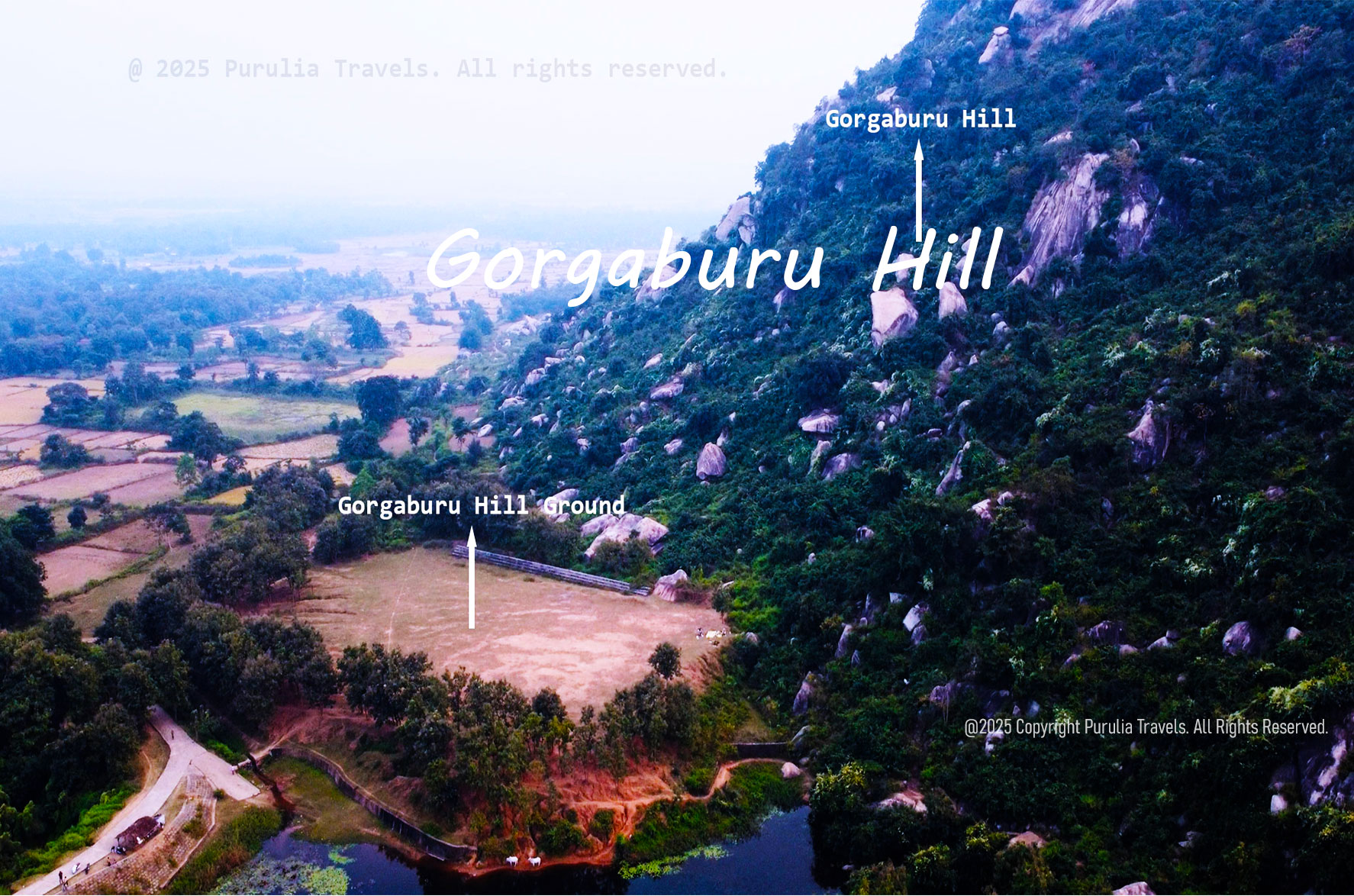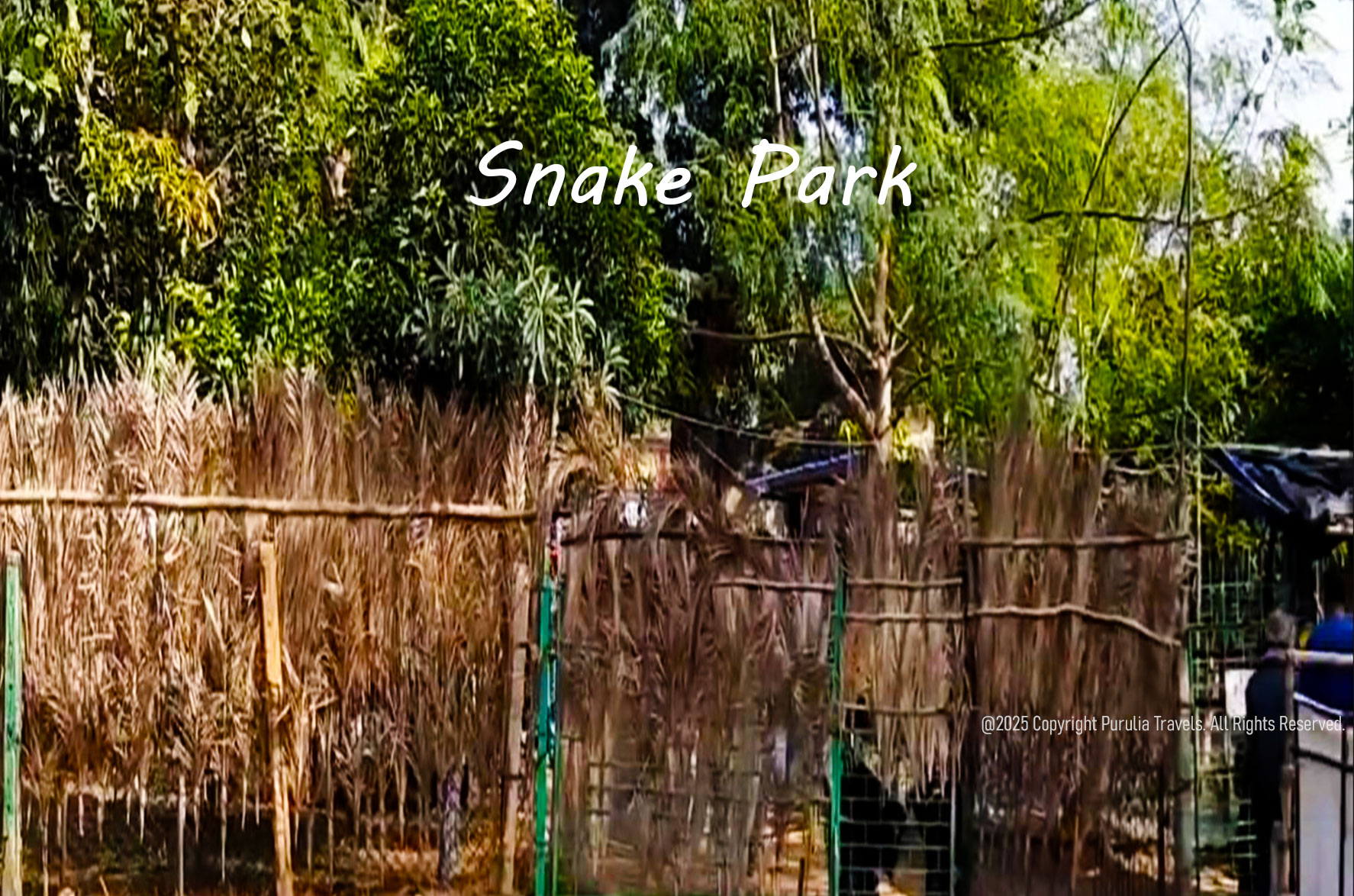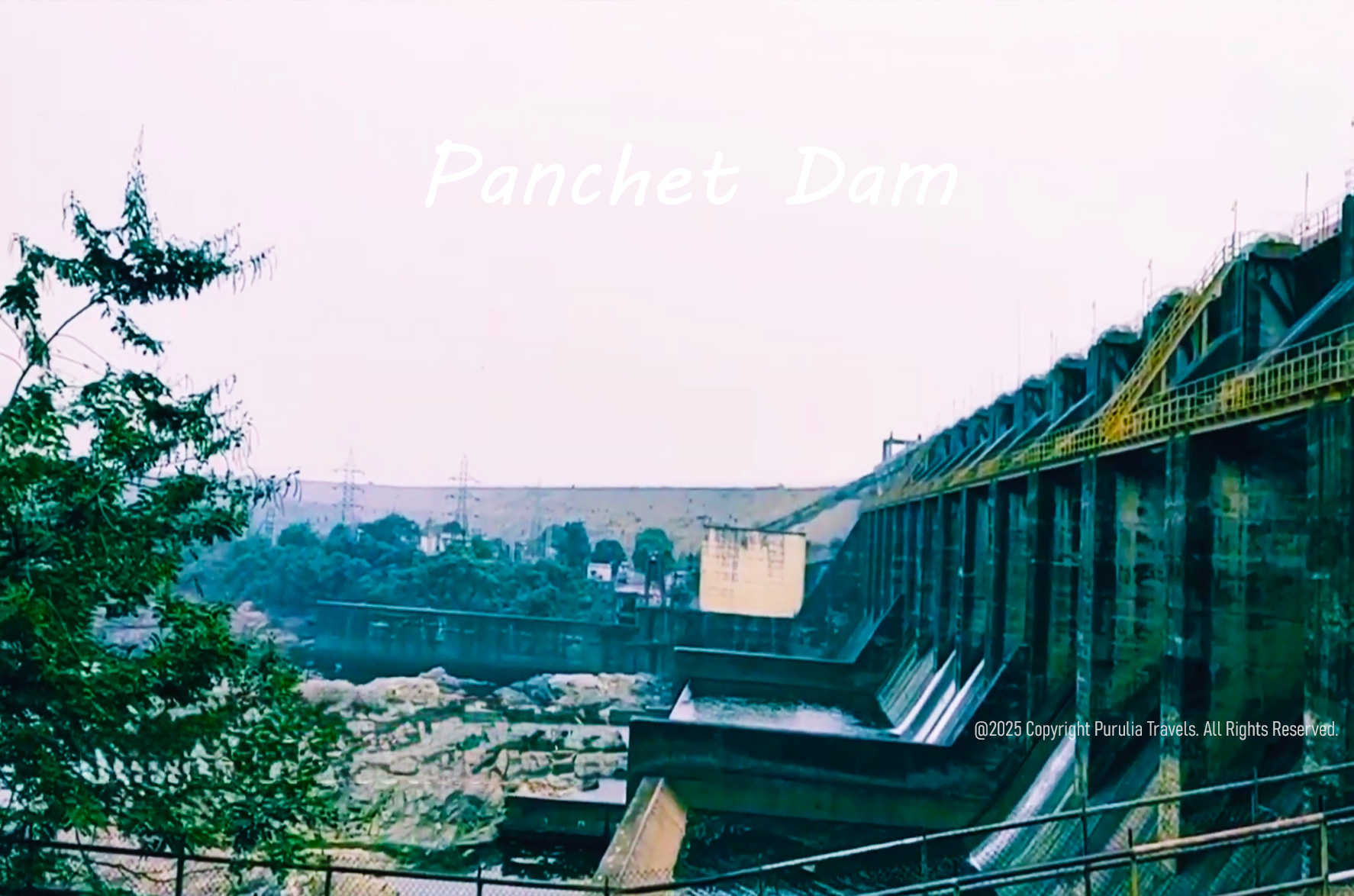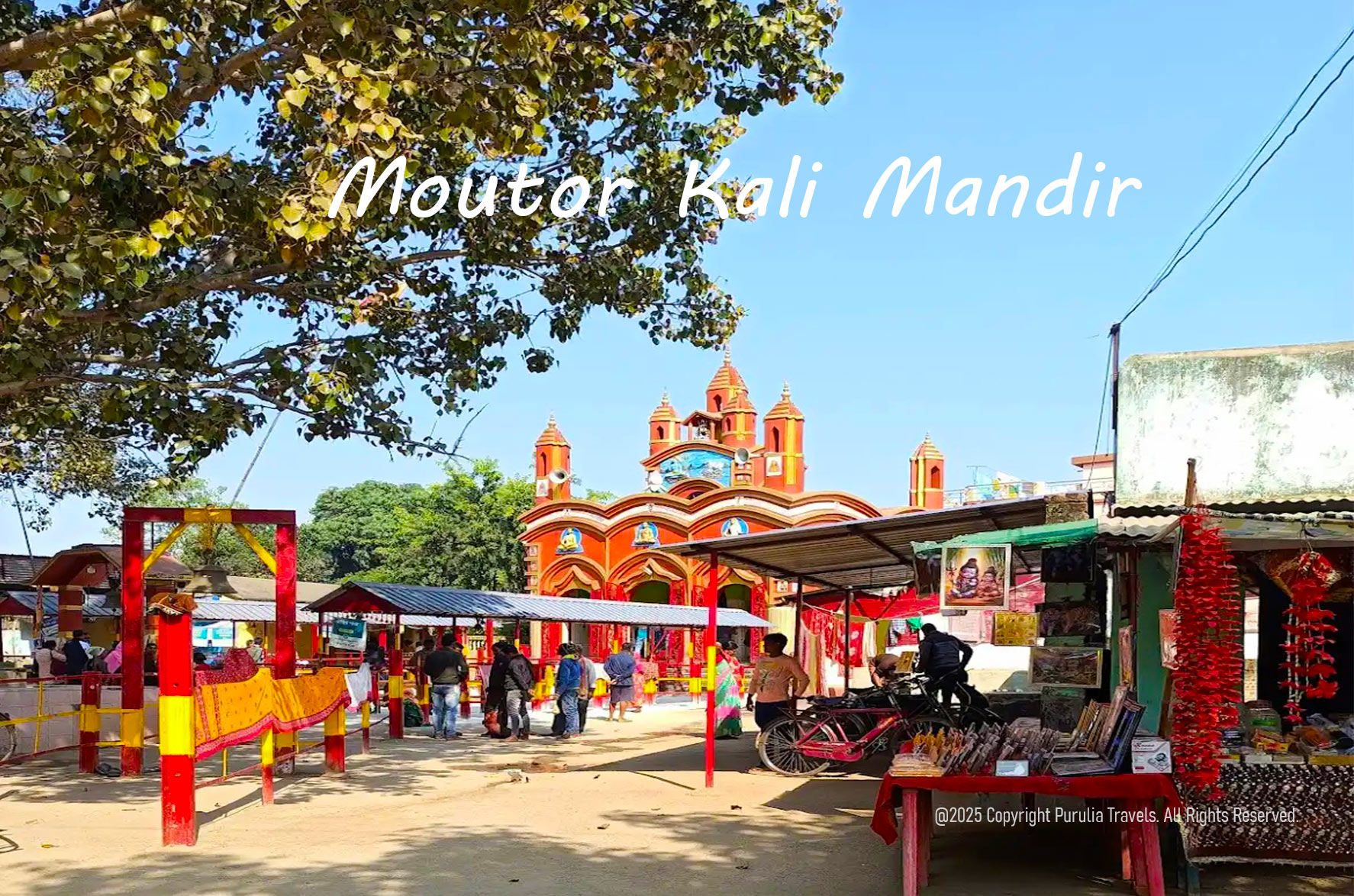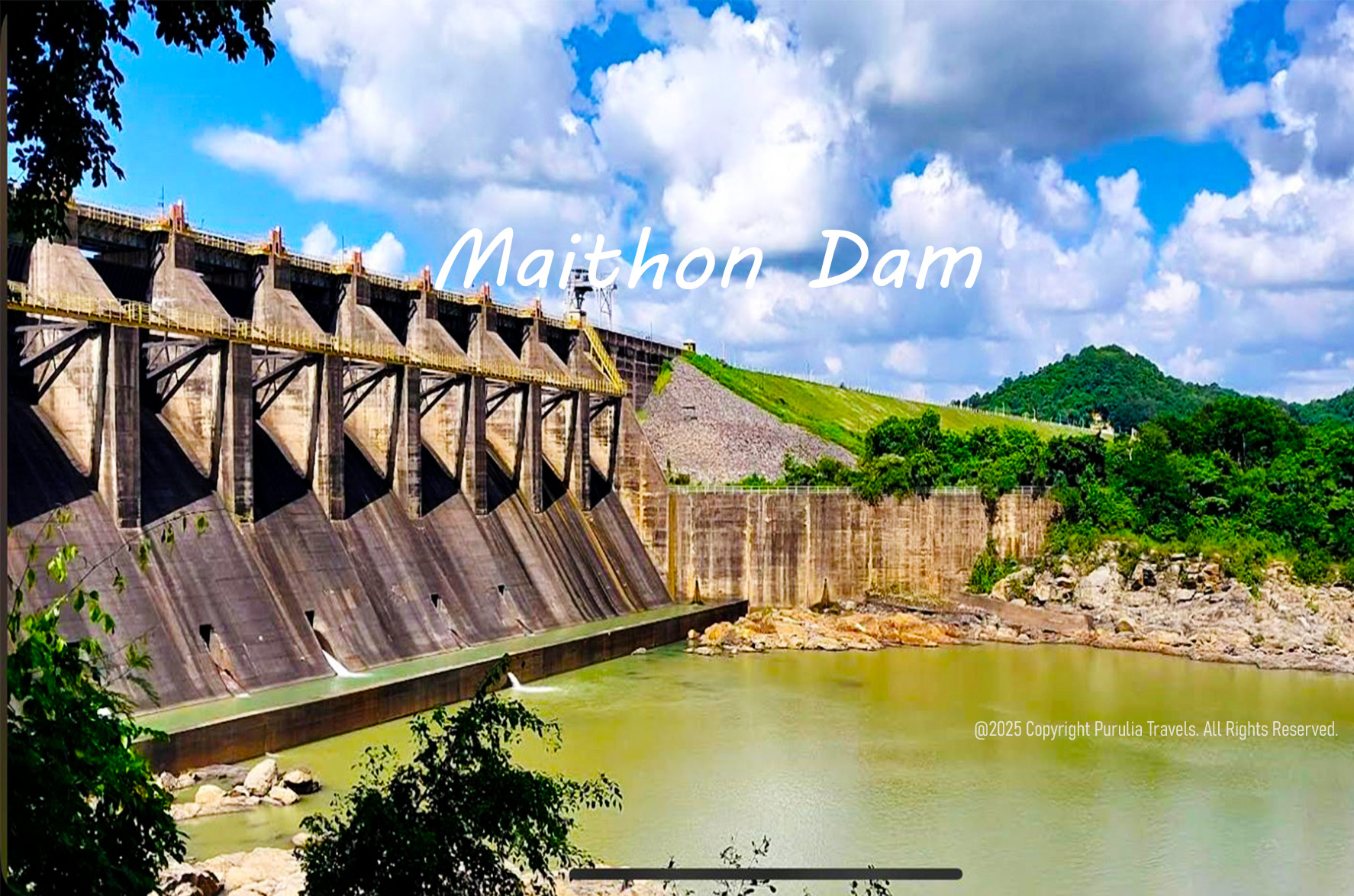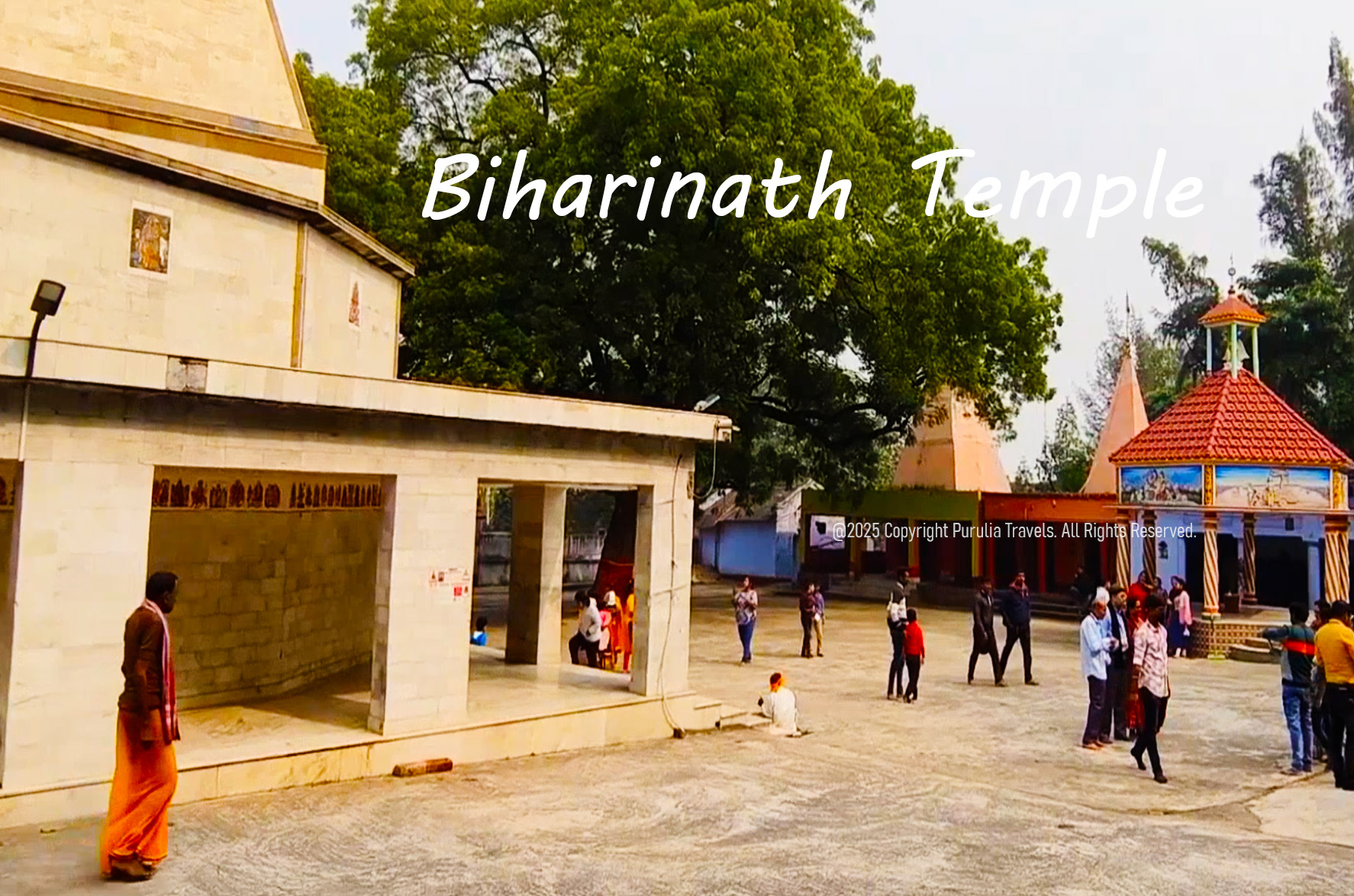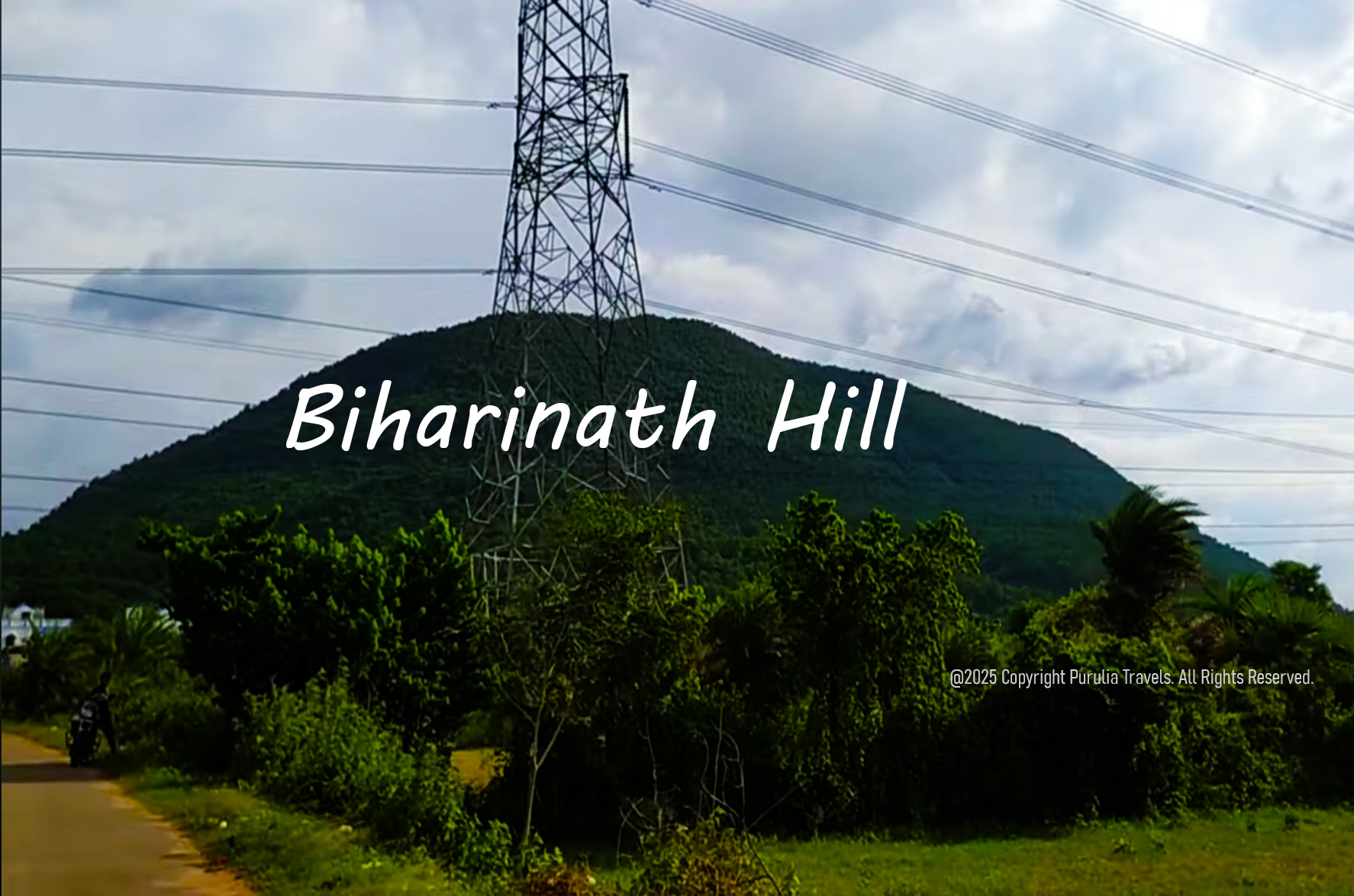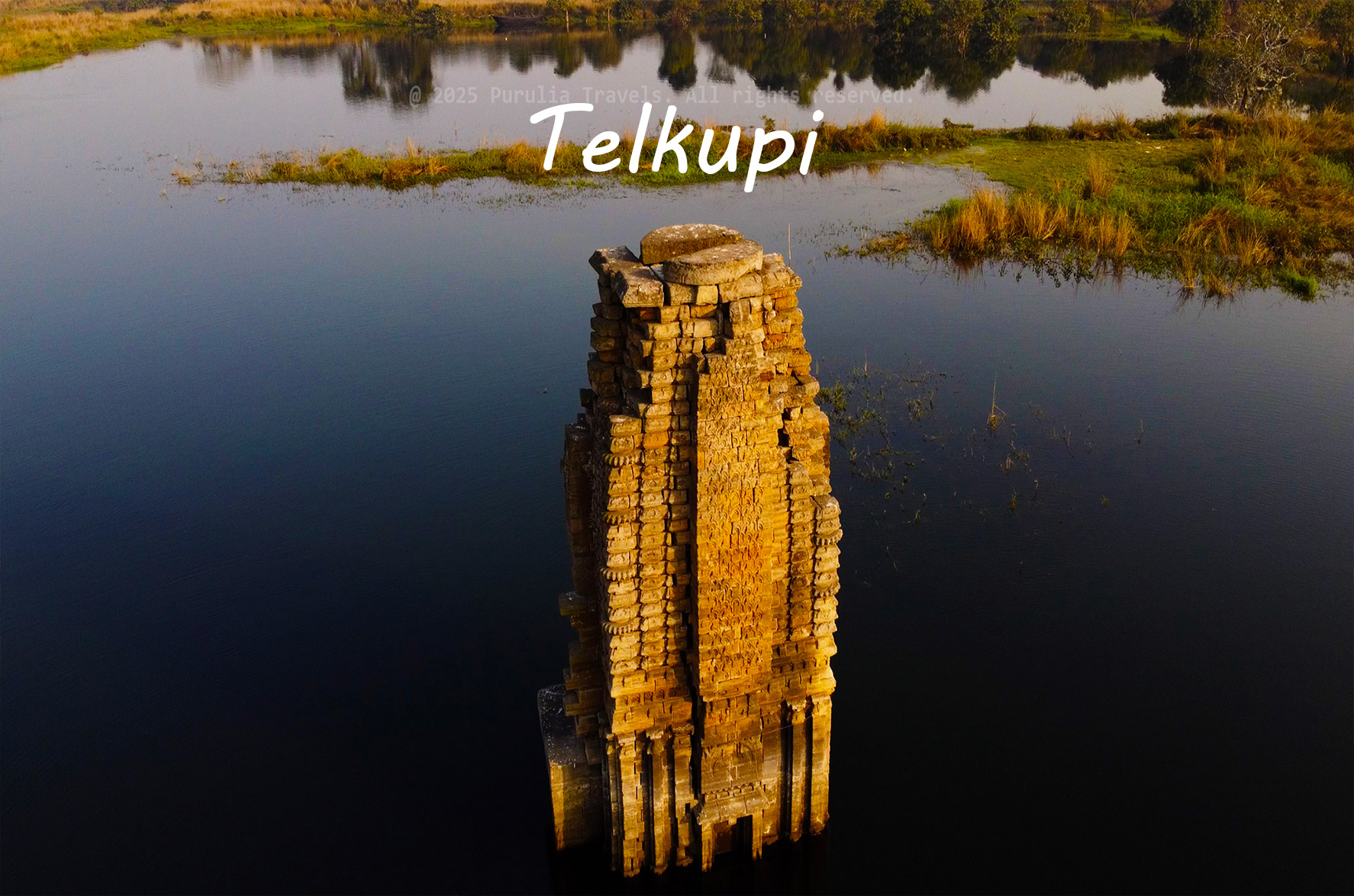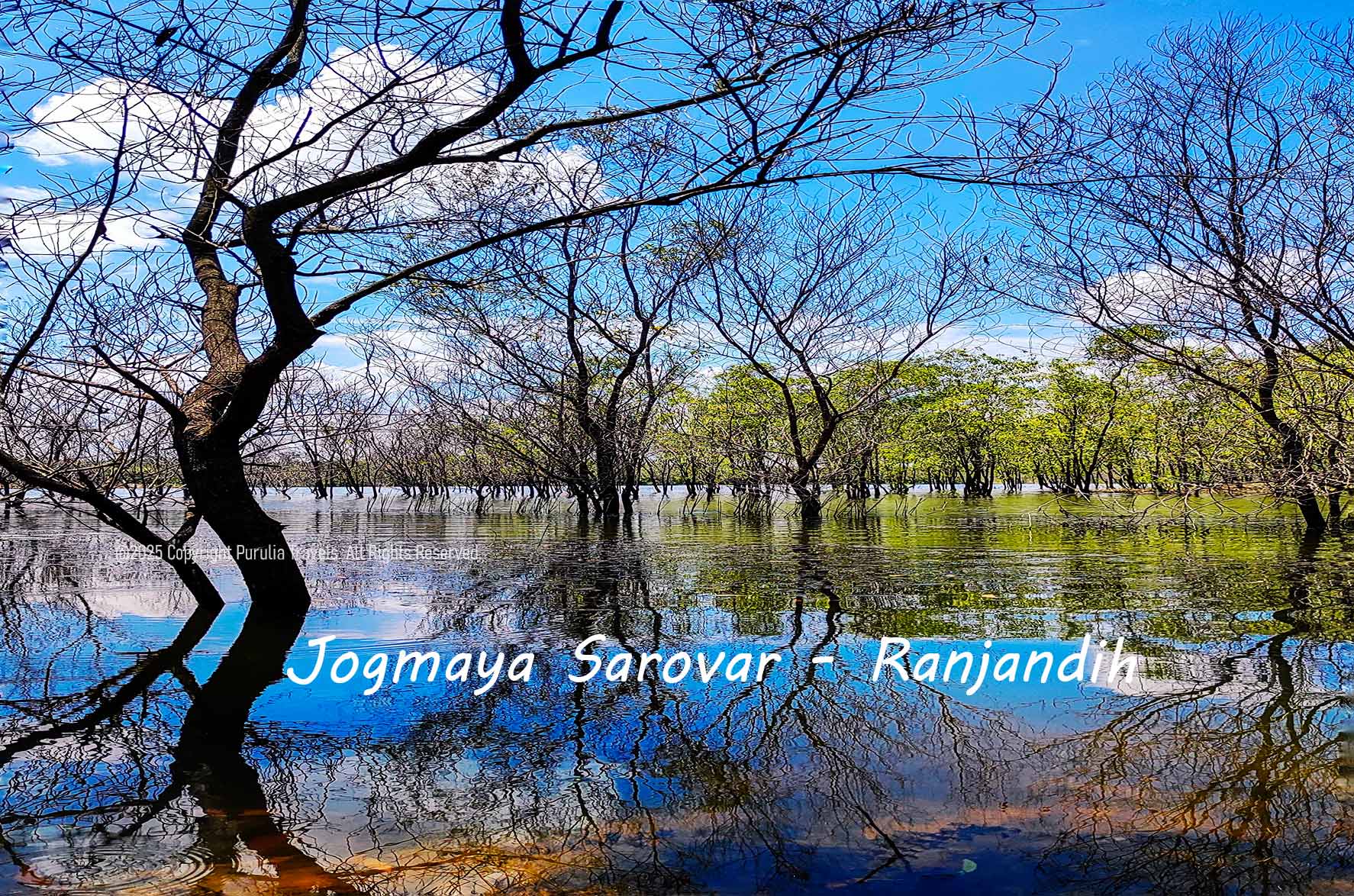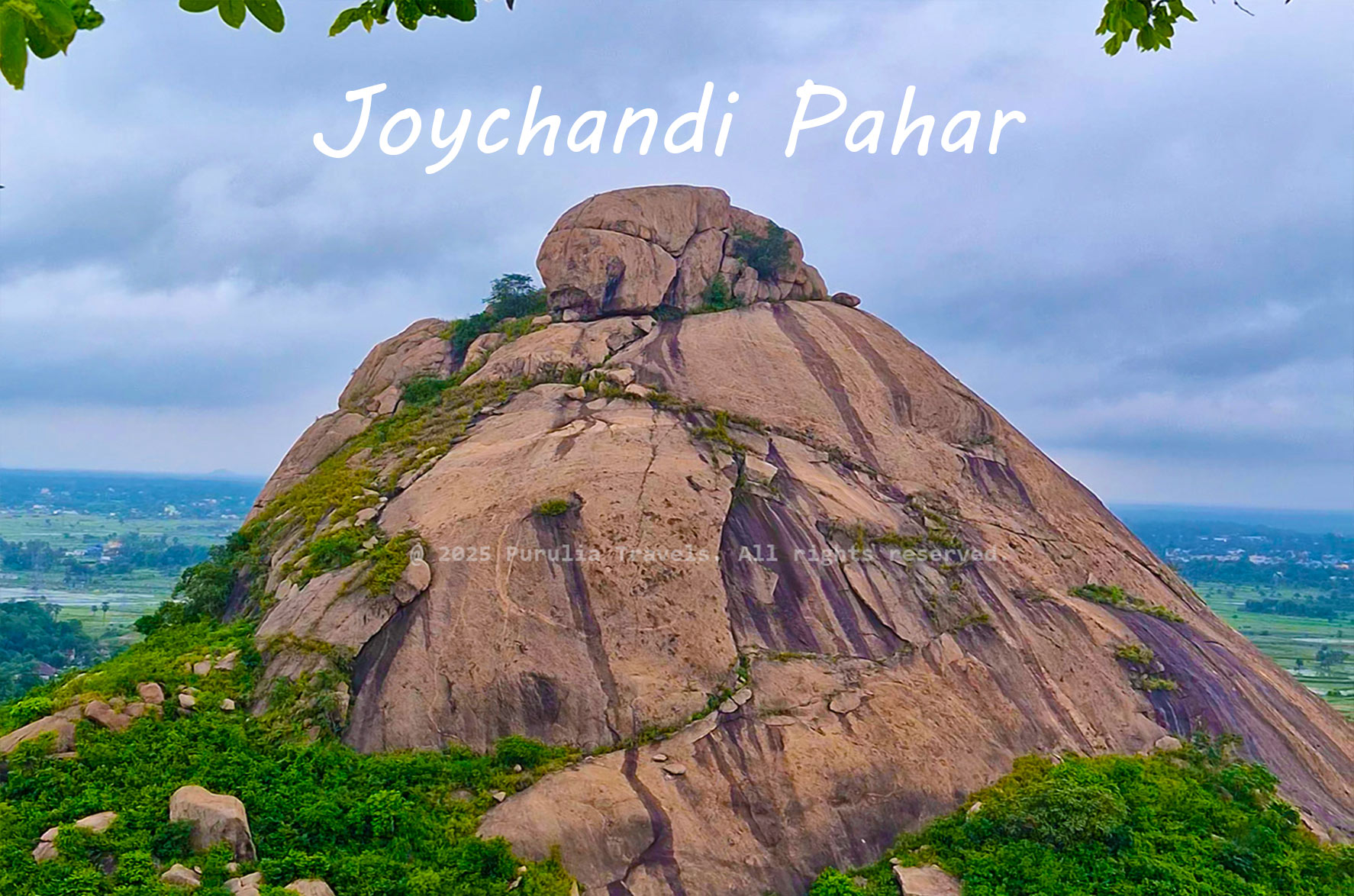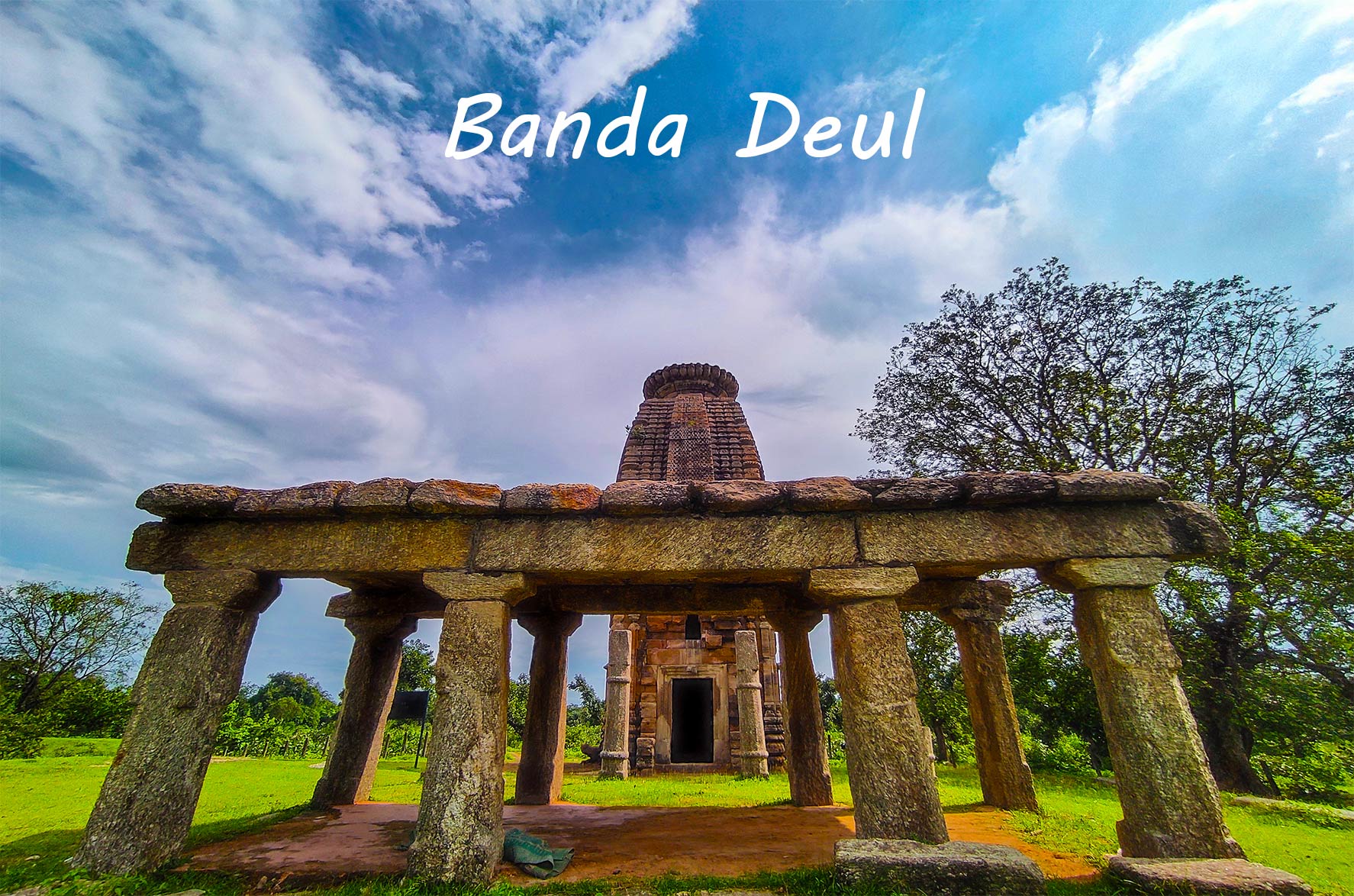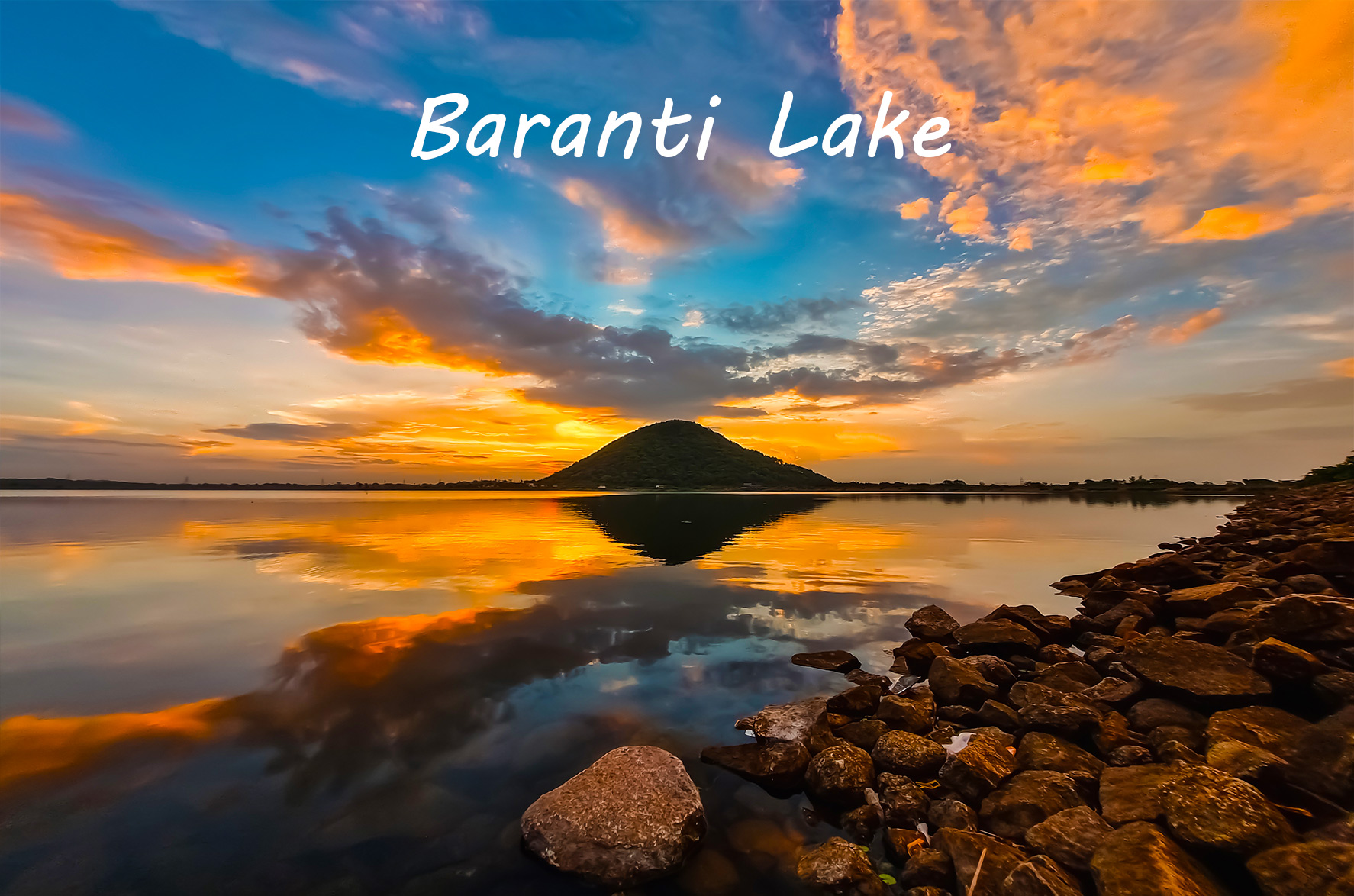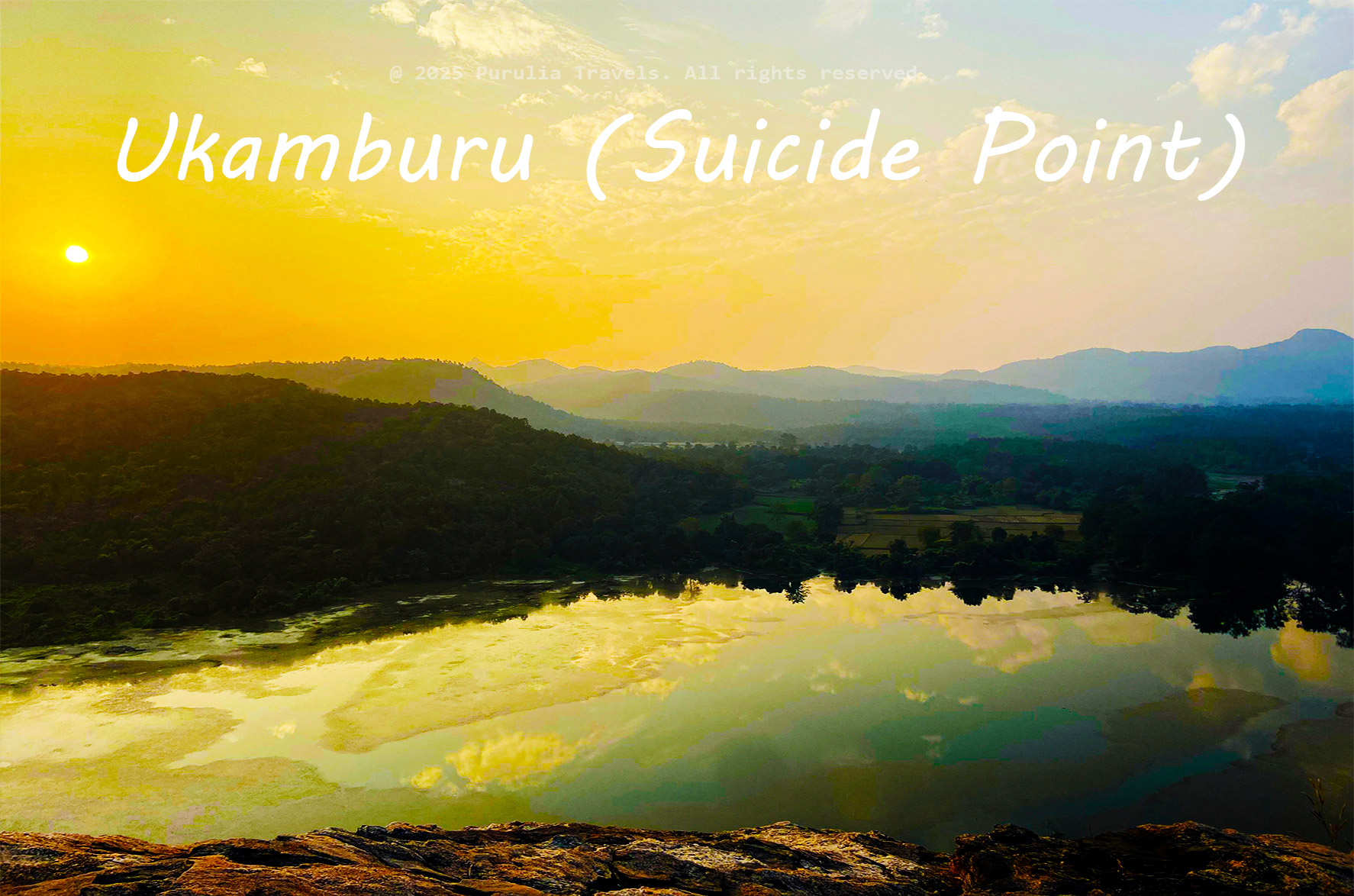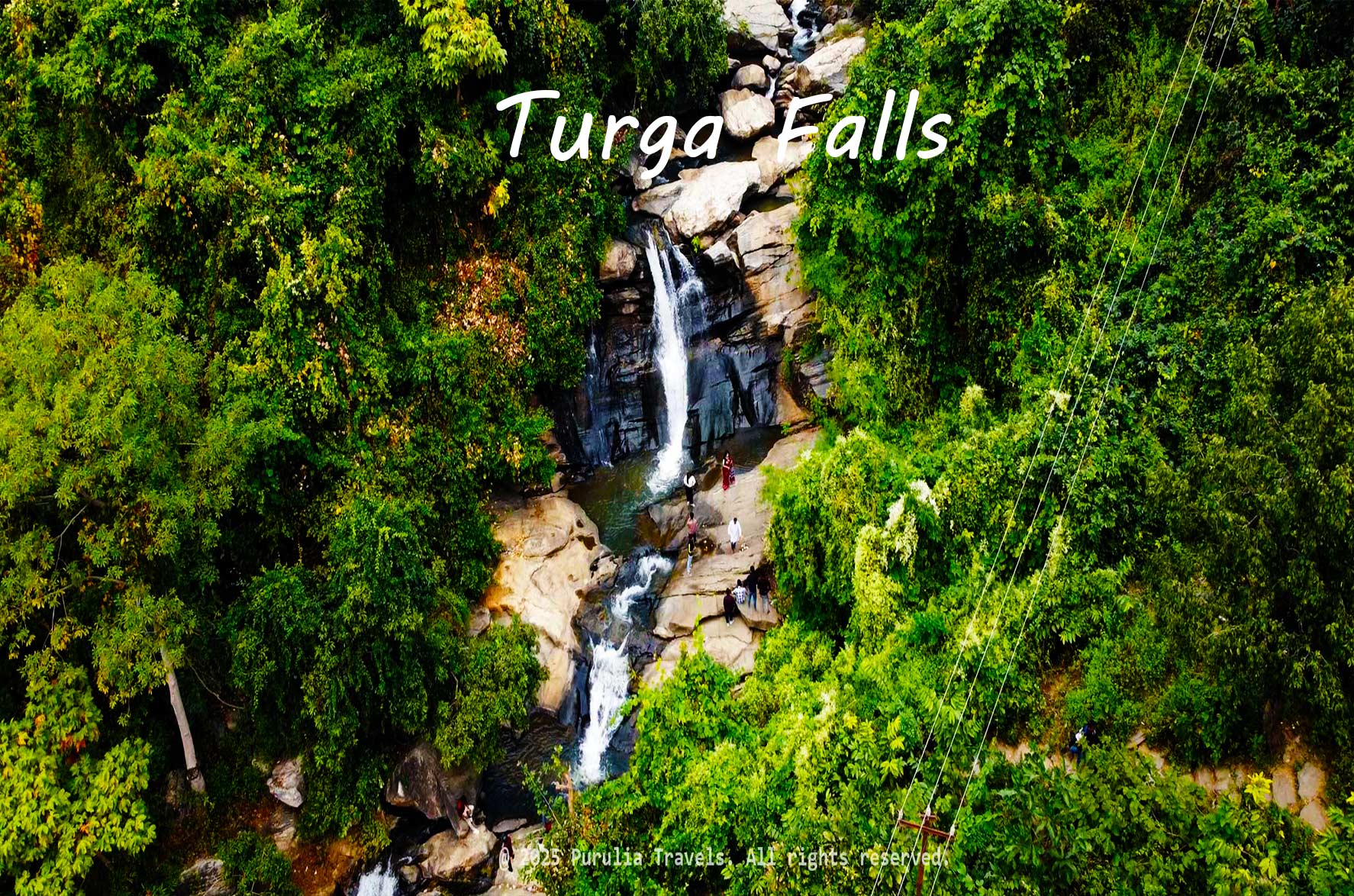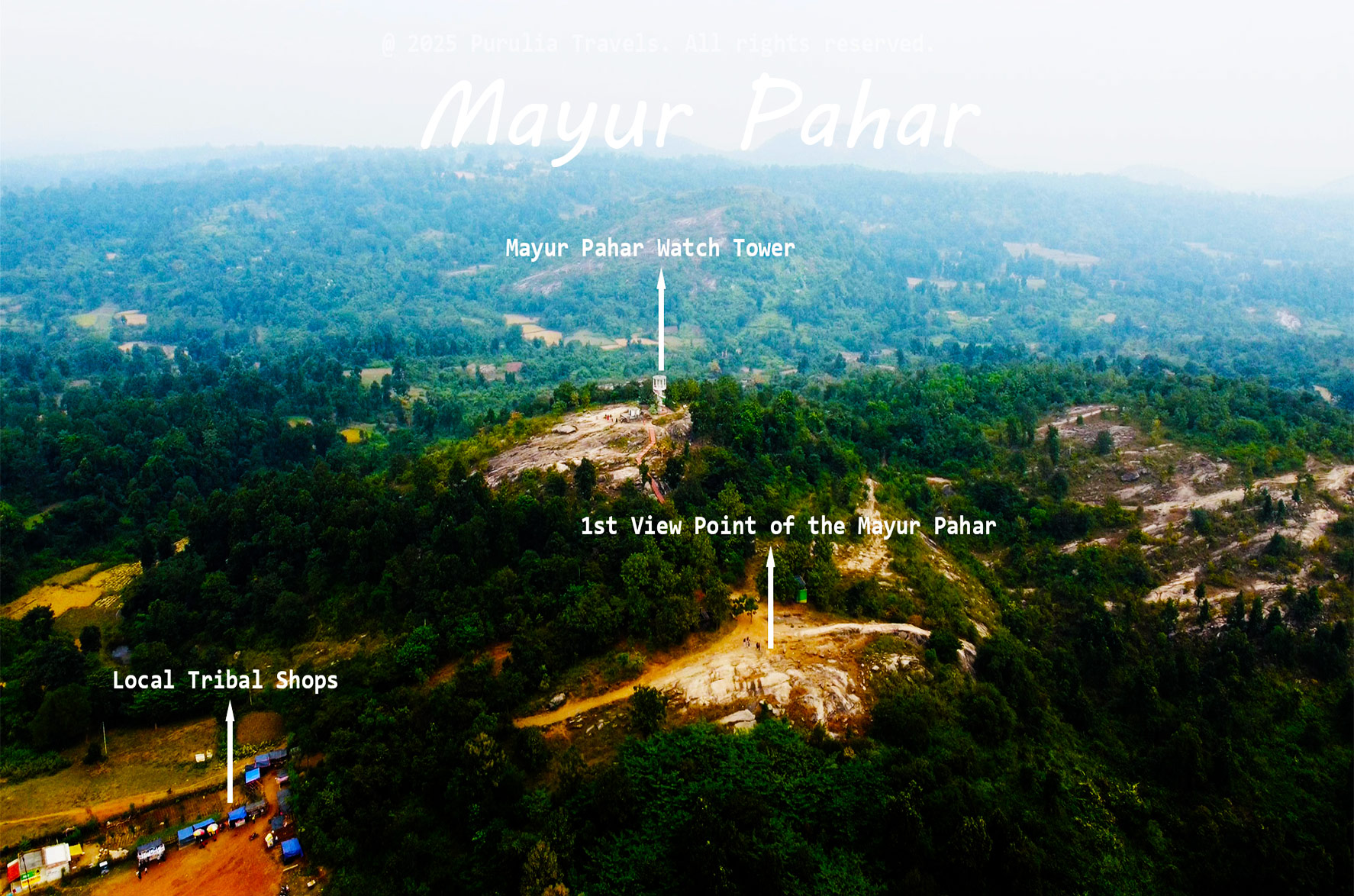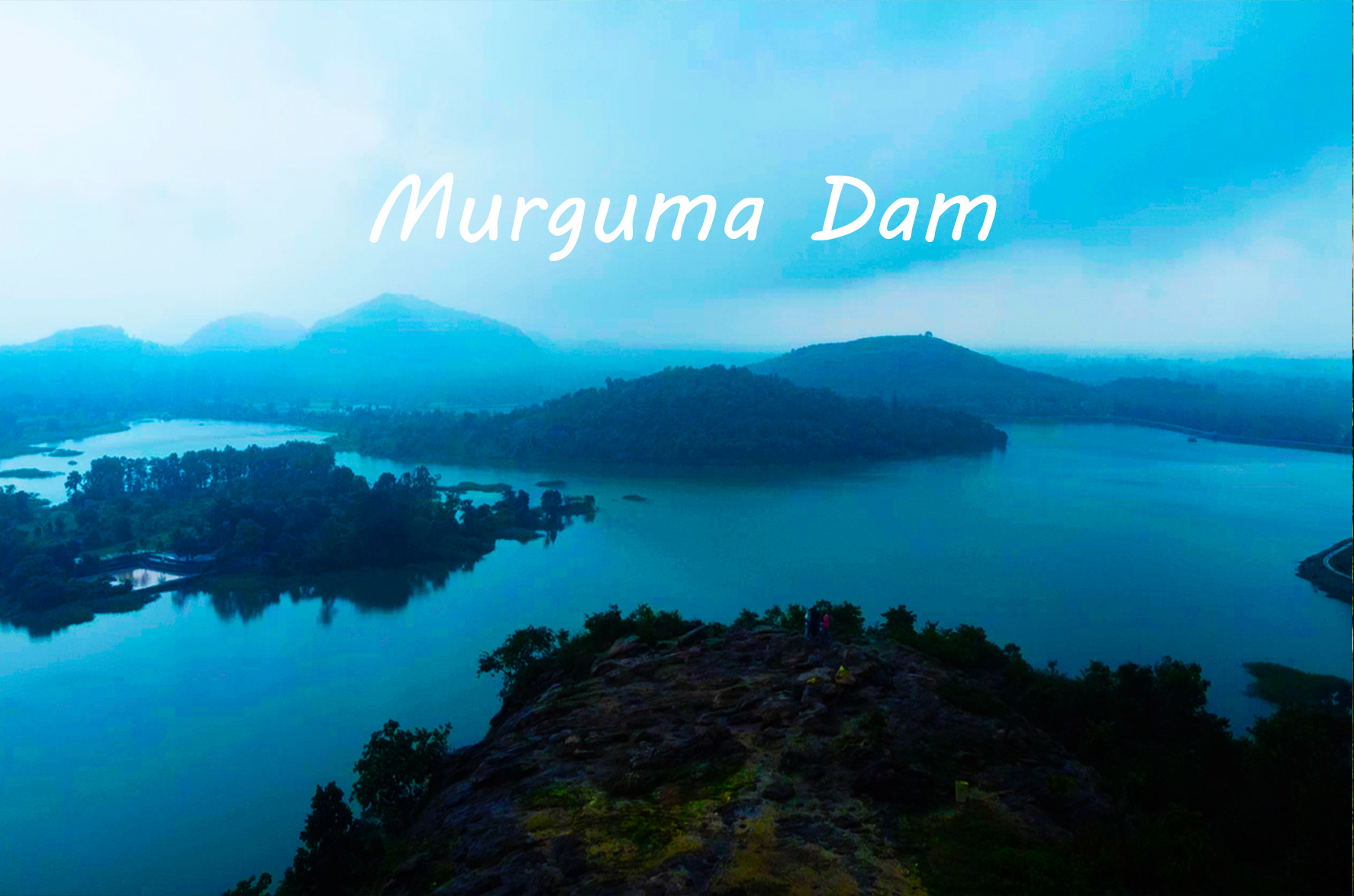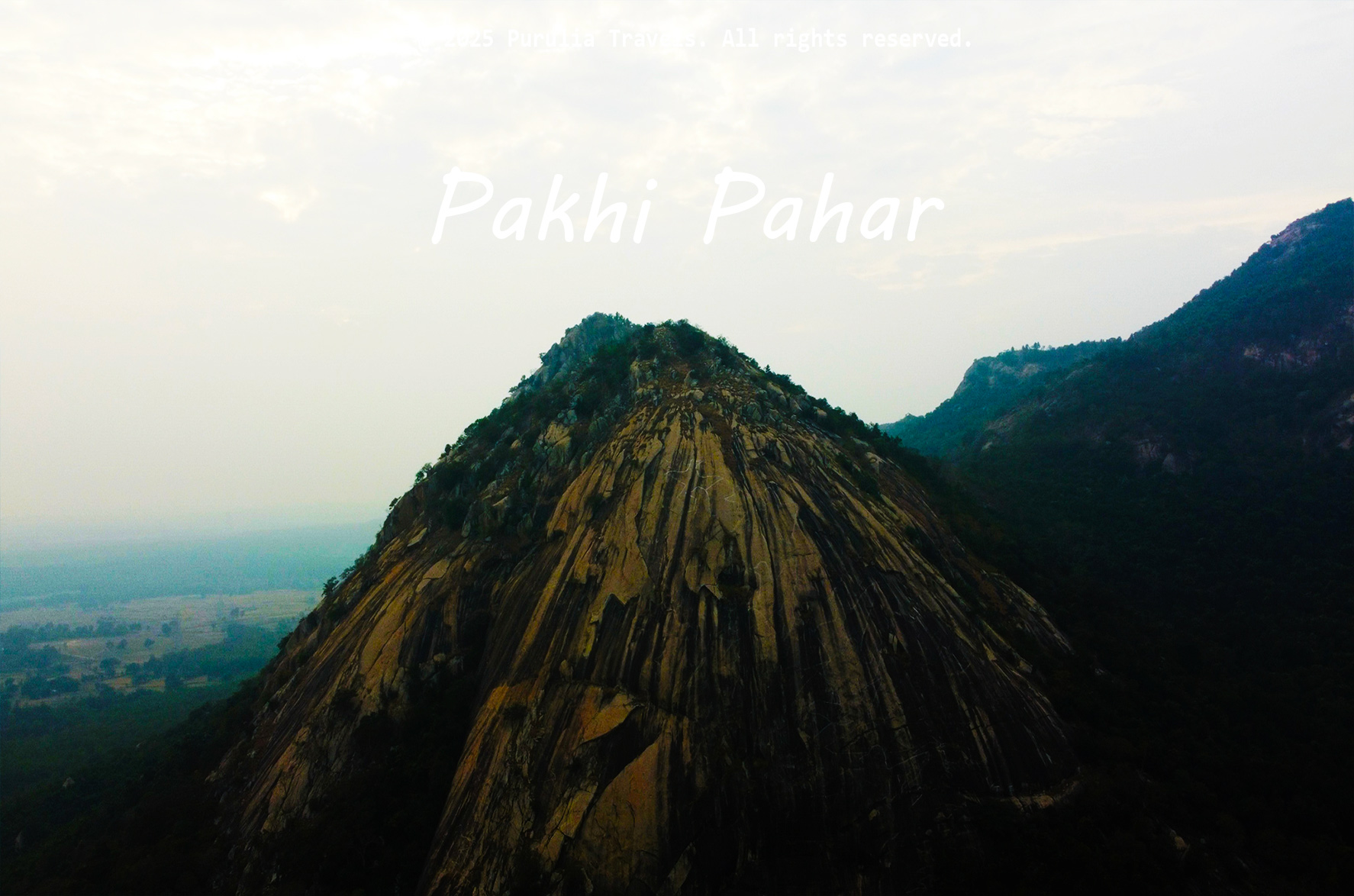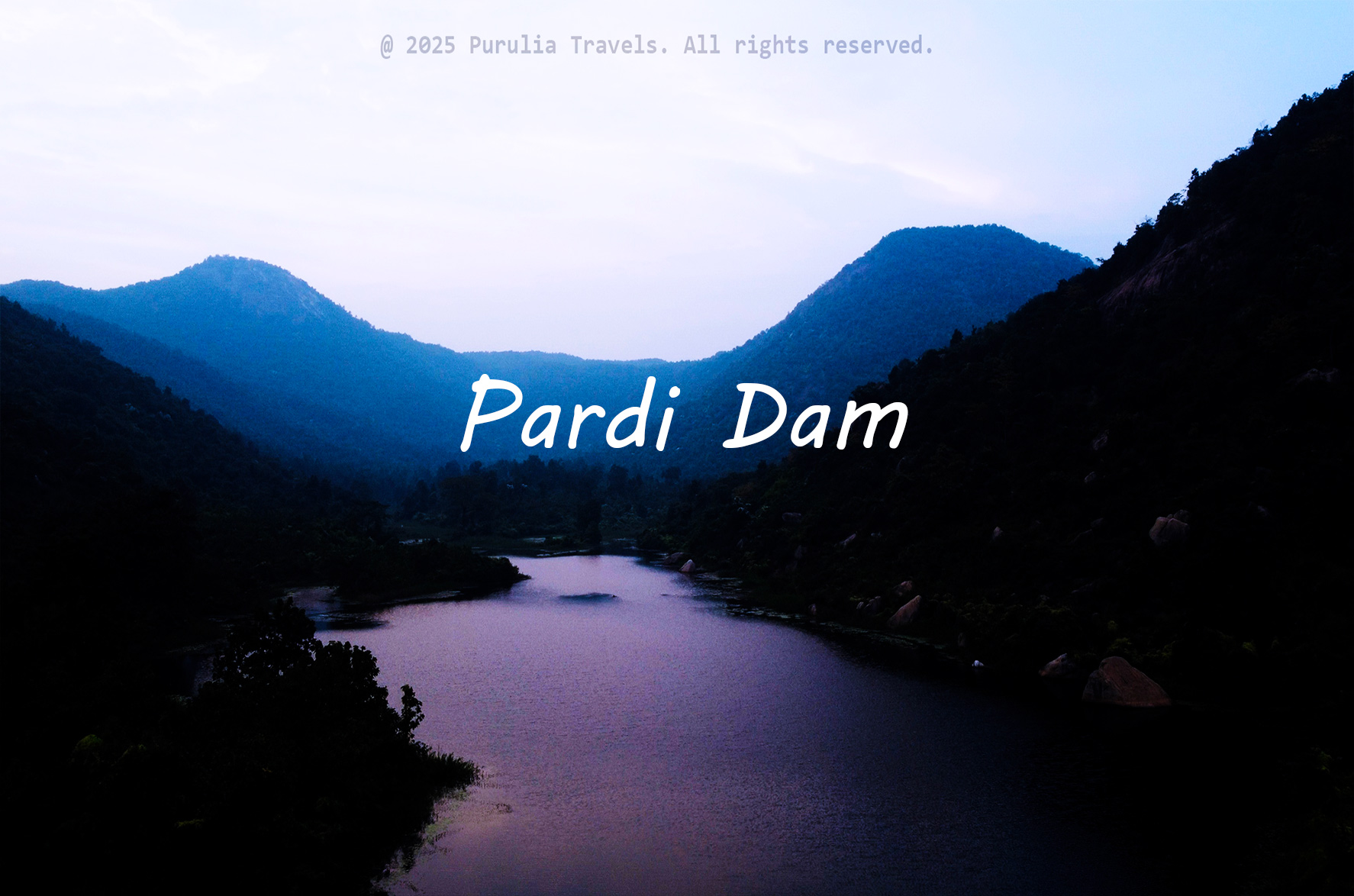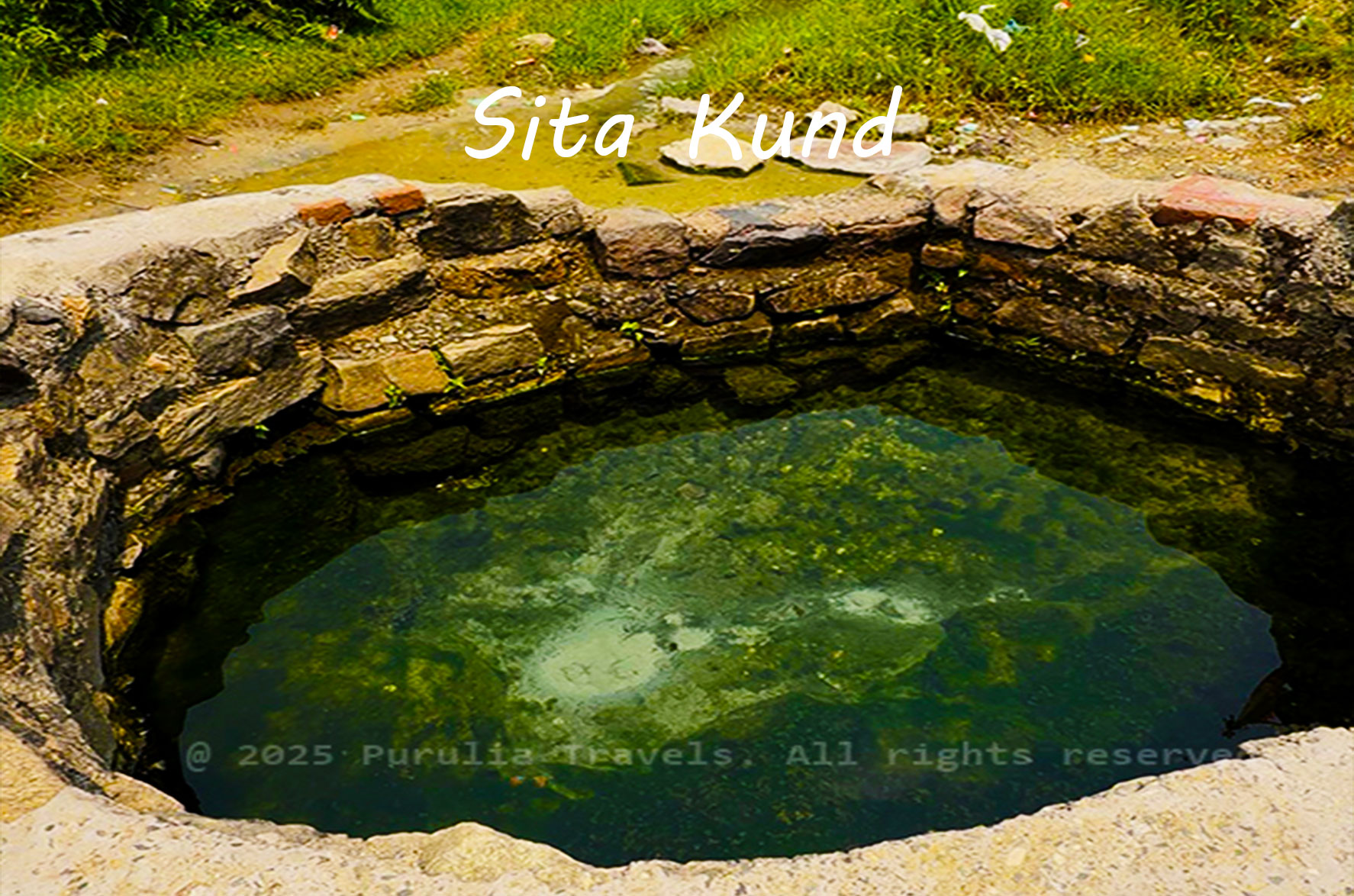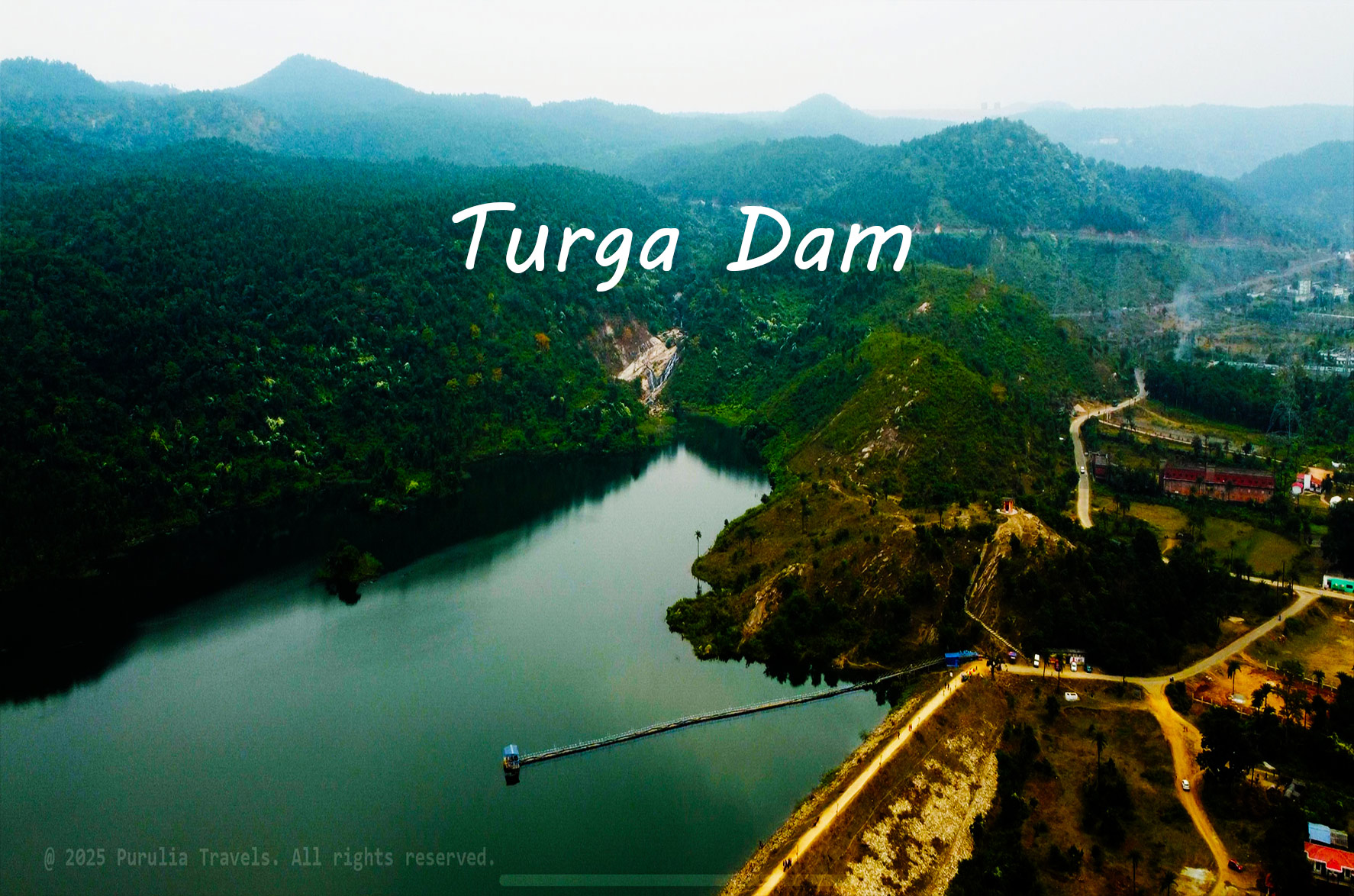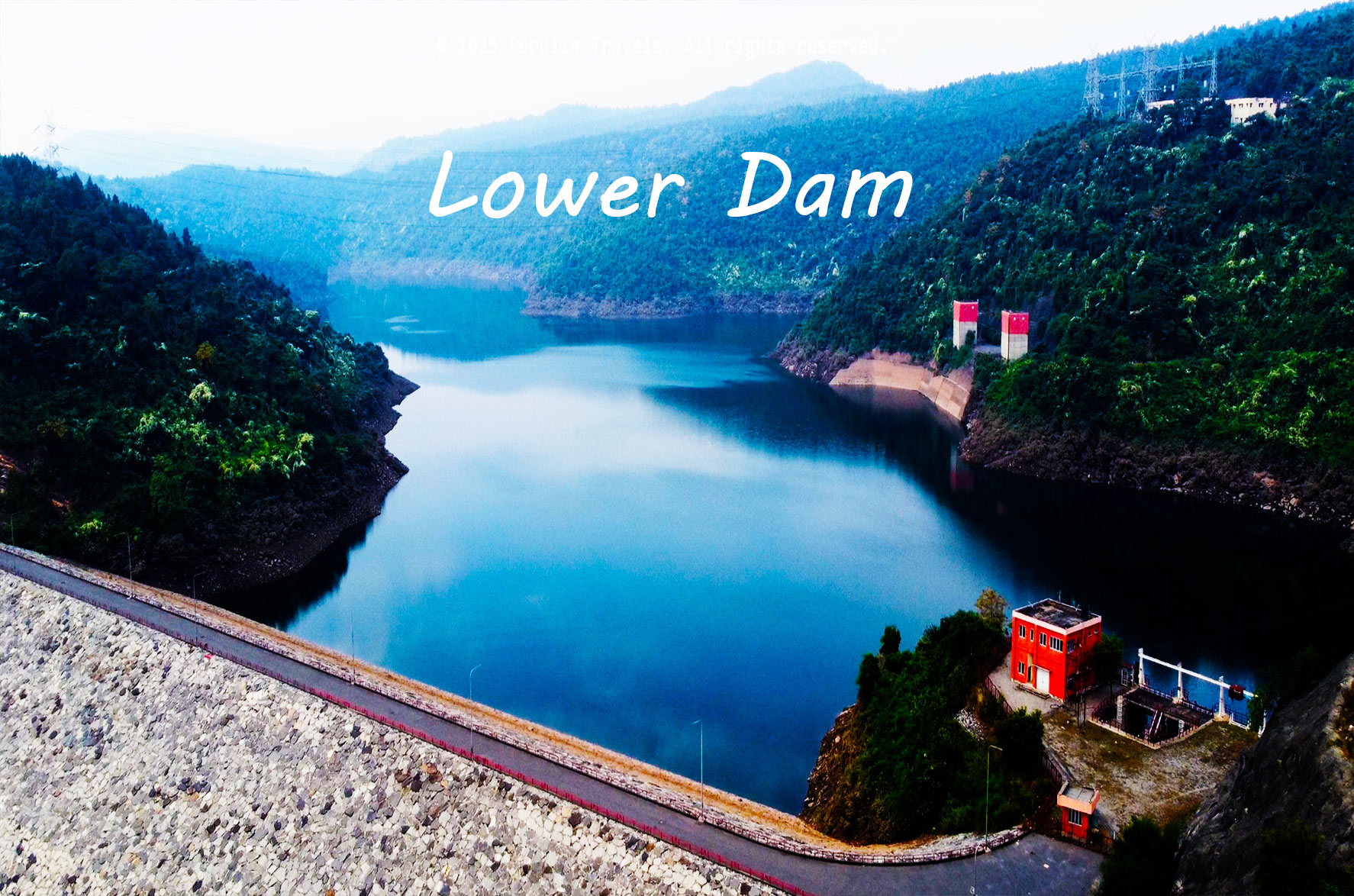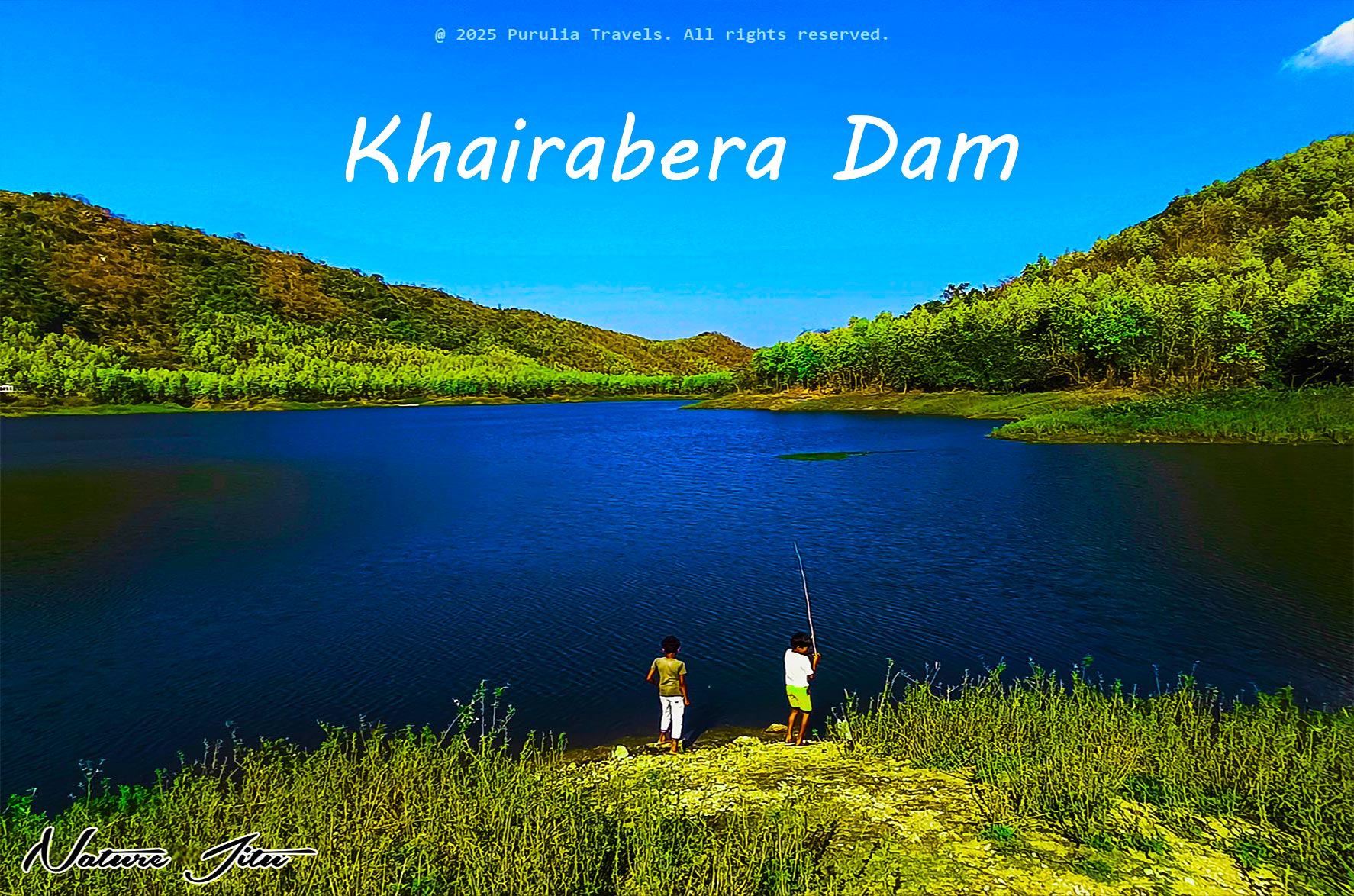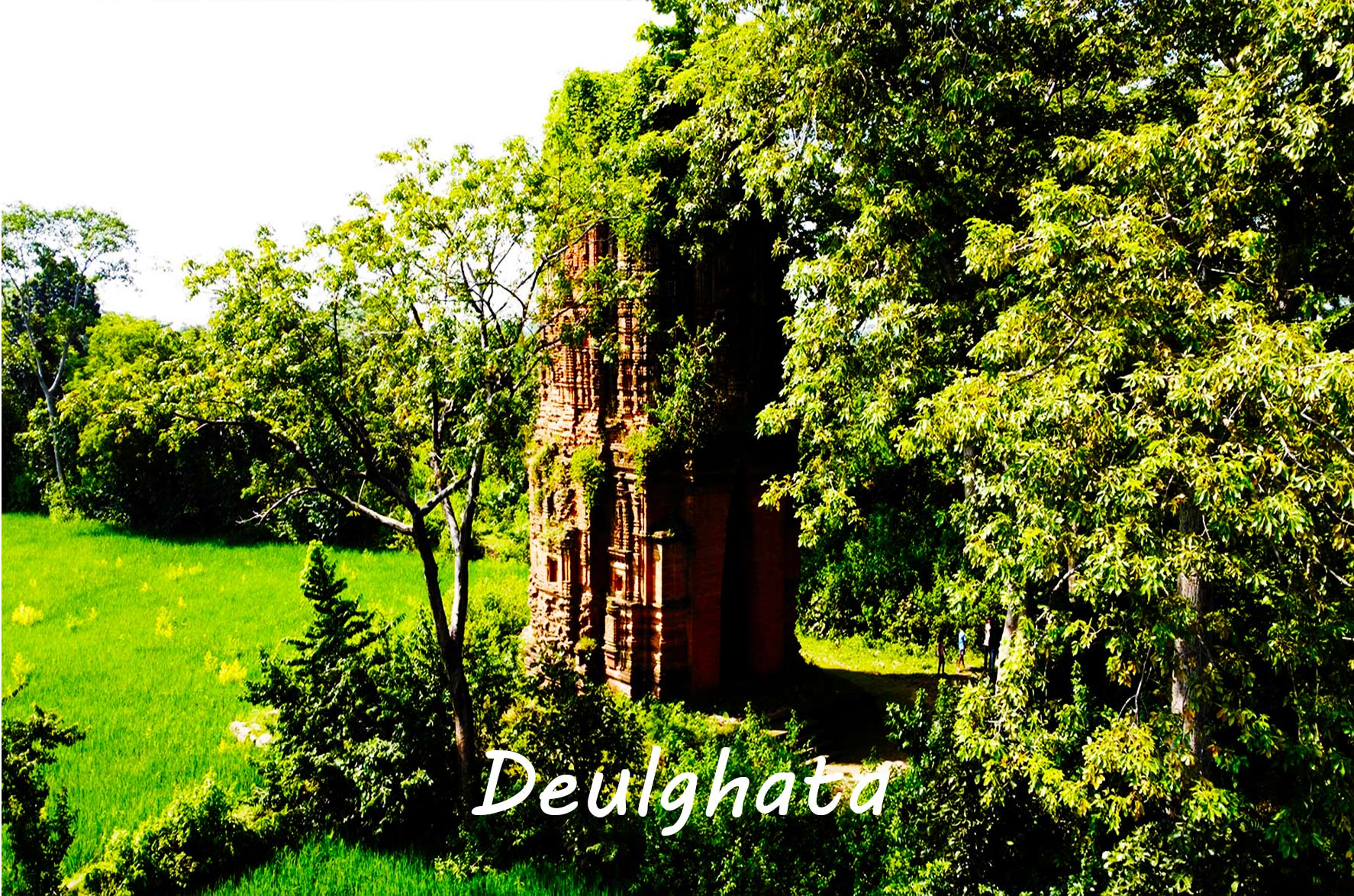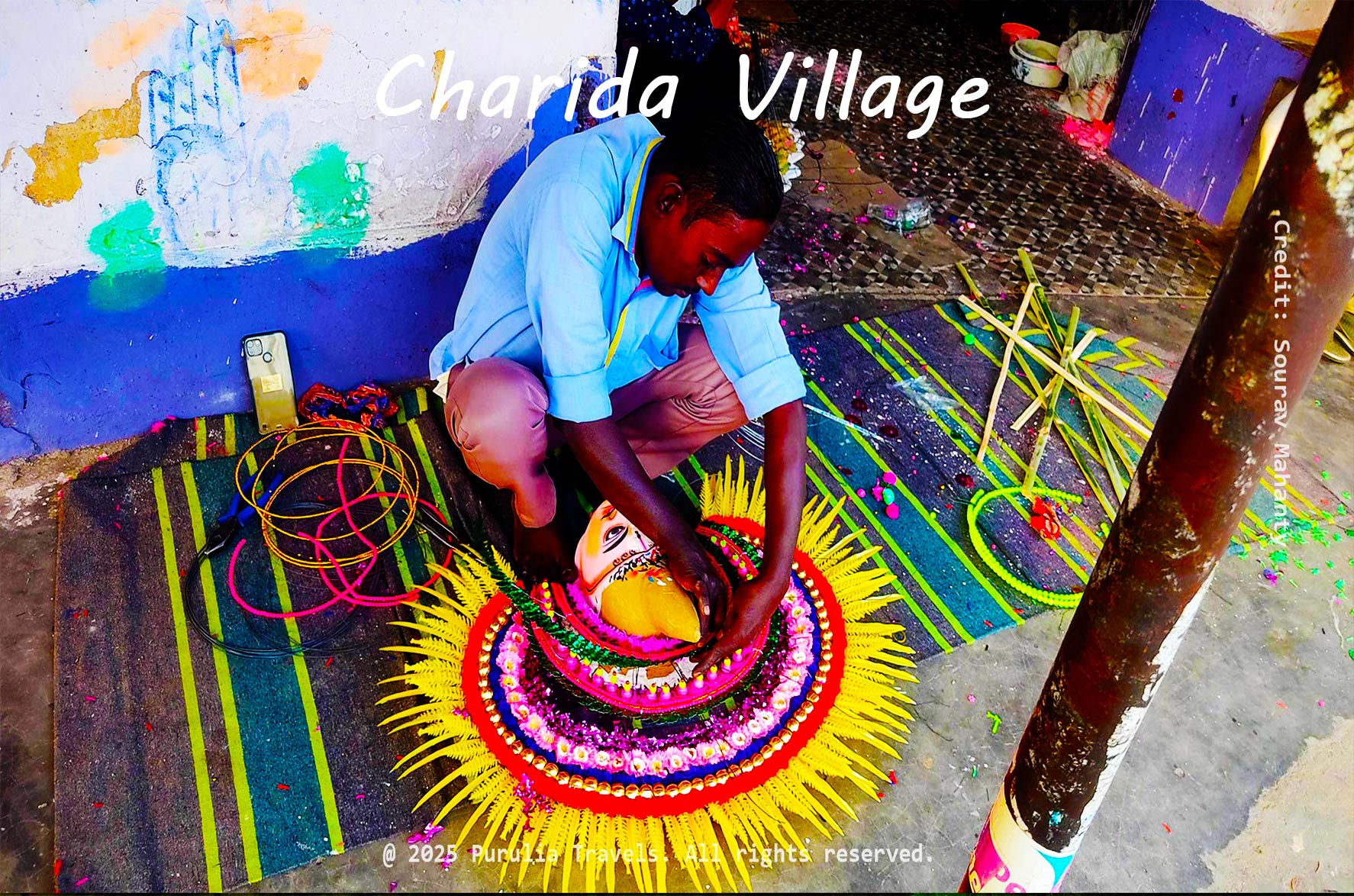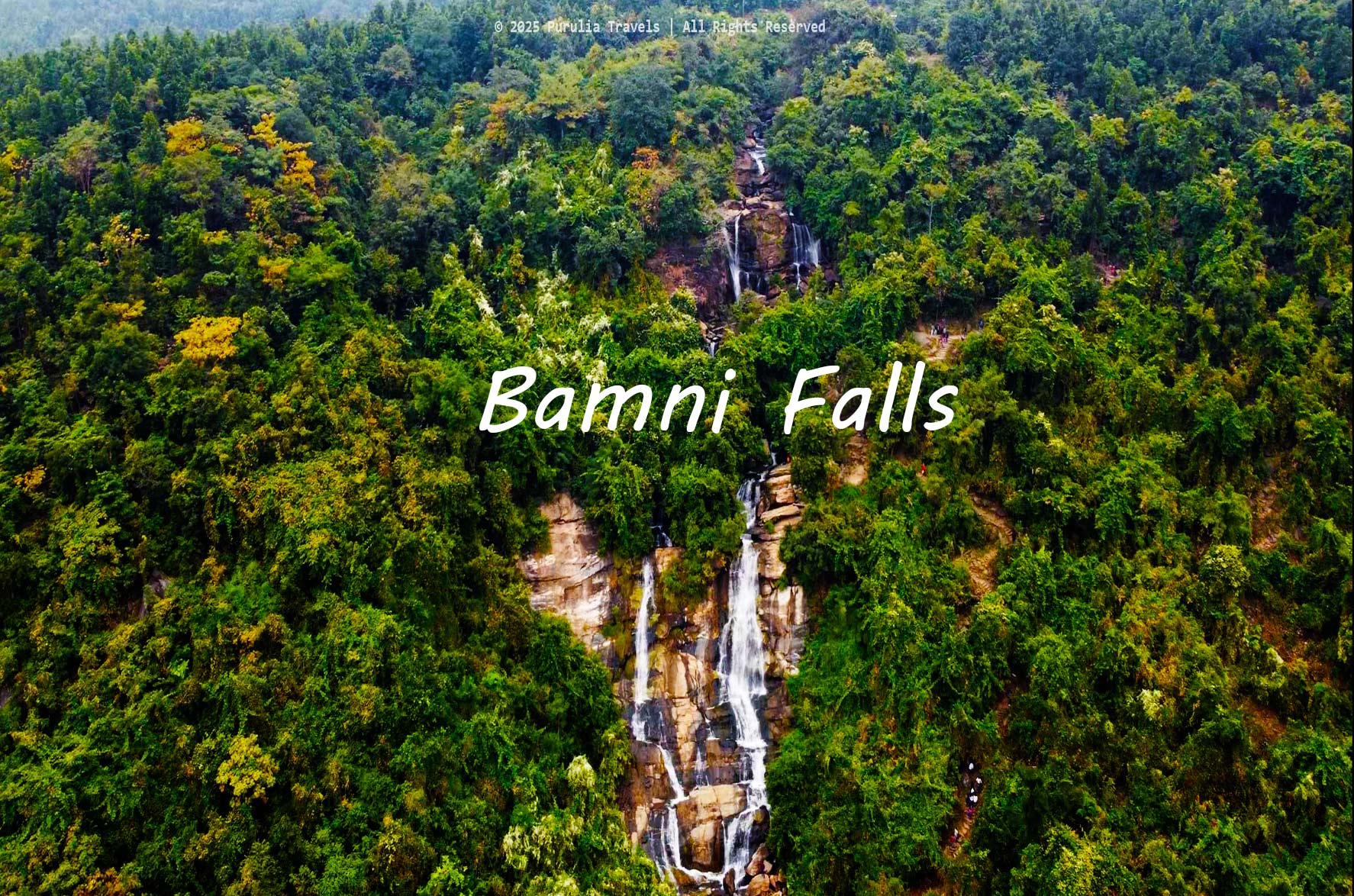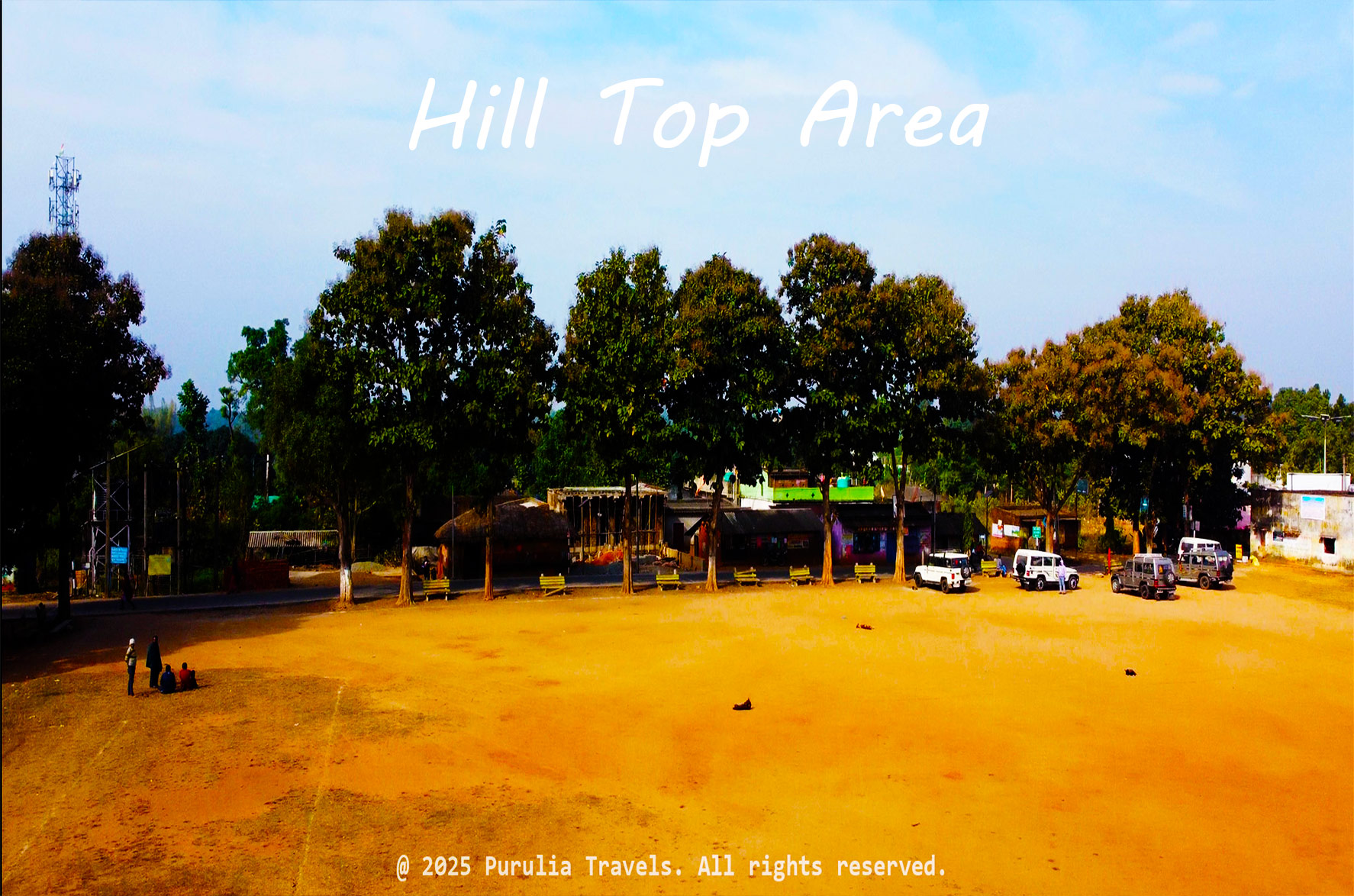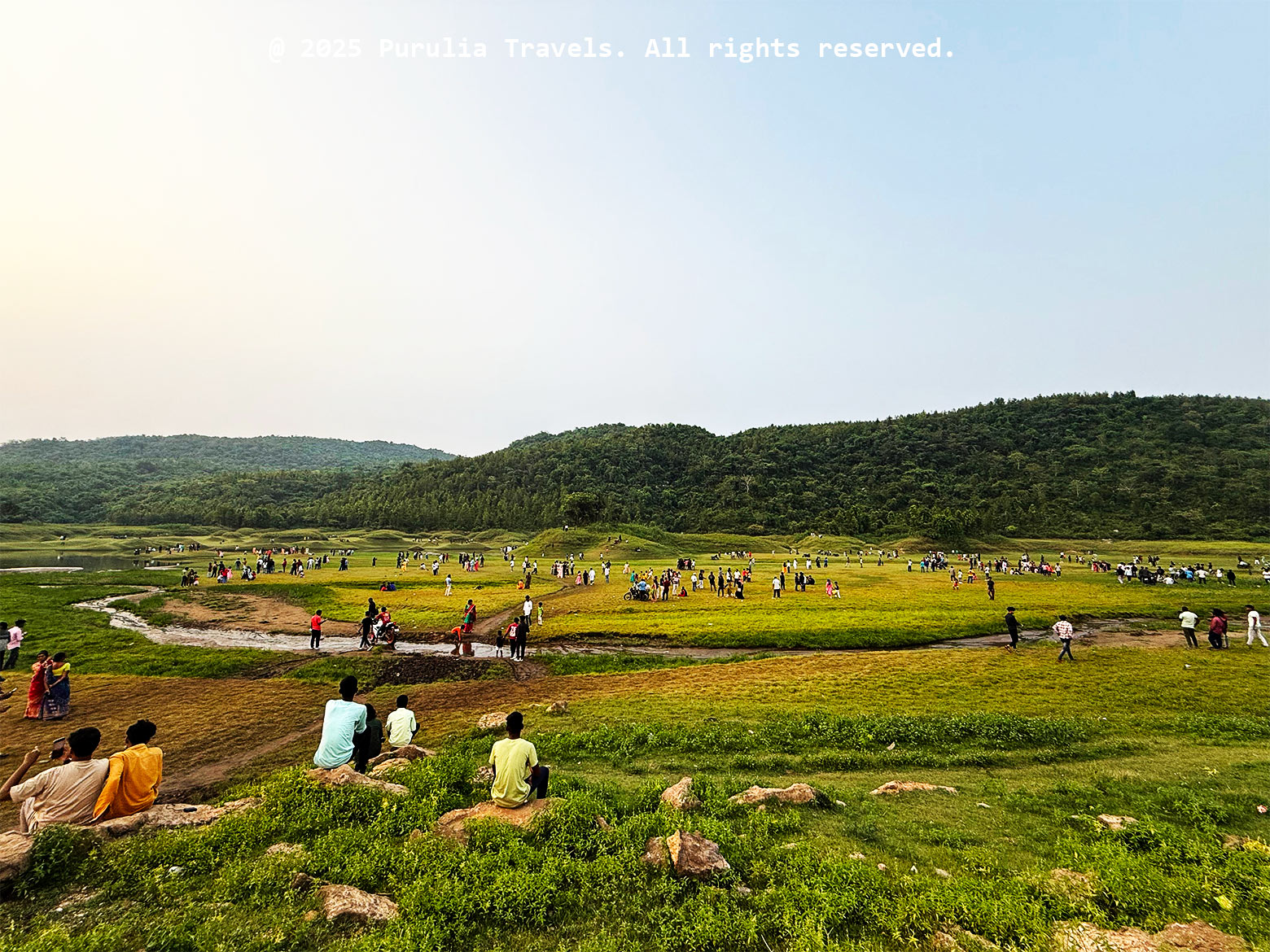Culture
Purulia, a cultural gem in West Bengal, is renowned for its vibrant traditions and rich heritage. The district is famous for the Chhau Dance, a unique blend of martial arts, drama, and acrobatics. Recognized by UNESCO, this ancient dance is performed during the Chhau Festival with colorful masks, costumes, and storytelling focused on mythological themes. Gambhir Singh Mura, who introduced Chhau to the world, was honored with the Padma Shri in 1981.
Purulia also celebrates several traditional festivals. The Tusu Festival, held on Makar Sankranti (last day of the Hindu month of Paush), is centered around rivers and the joy of harvest. It’s widely celebrated in Southwest West Bengal, Southeast Jharkhand, Northeastern Odisha, and Assam, with rural fairs bringing communities together.
The Bhadu Festival, linked to Purulia, honors Princess Bhadu of Panchkot Raj. The festival is known for "Bhadu gaan" – songs sung by unmarried girls, accompanied by dancing and drumming, celebrating the princess's memory.
Another important event is Bandhna, a celebration among the Bhumij and Santhal tribes. During this festival, colorful threads are tied around wrists, symbolizing unity and friendship.
Charak Puja, a spring festival dedicated to Lord Shiva, is marked by intense rituals of devotion and physical endurance. Devotees perform feats like walking on fire and swinging from high poles, honoring the deity Charak in an extraordinary display of strength.
Purulia’s festivals, dances, and traditions reflect the deep connection between its tribal roots, nature, and daily life. These vibrant celebrations continue to attract tourists, researchers, and cultural enthusiasts worldwide, offering a rare glimpse into the heart of tribal Bengal.


